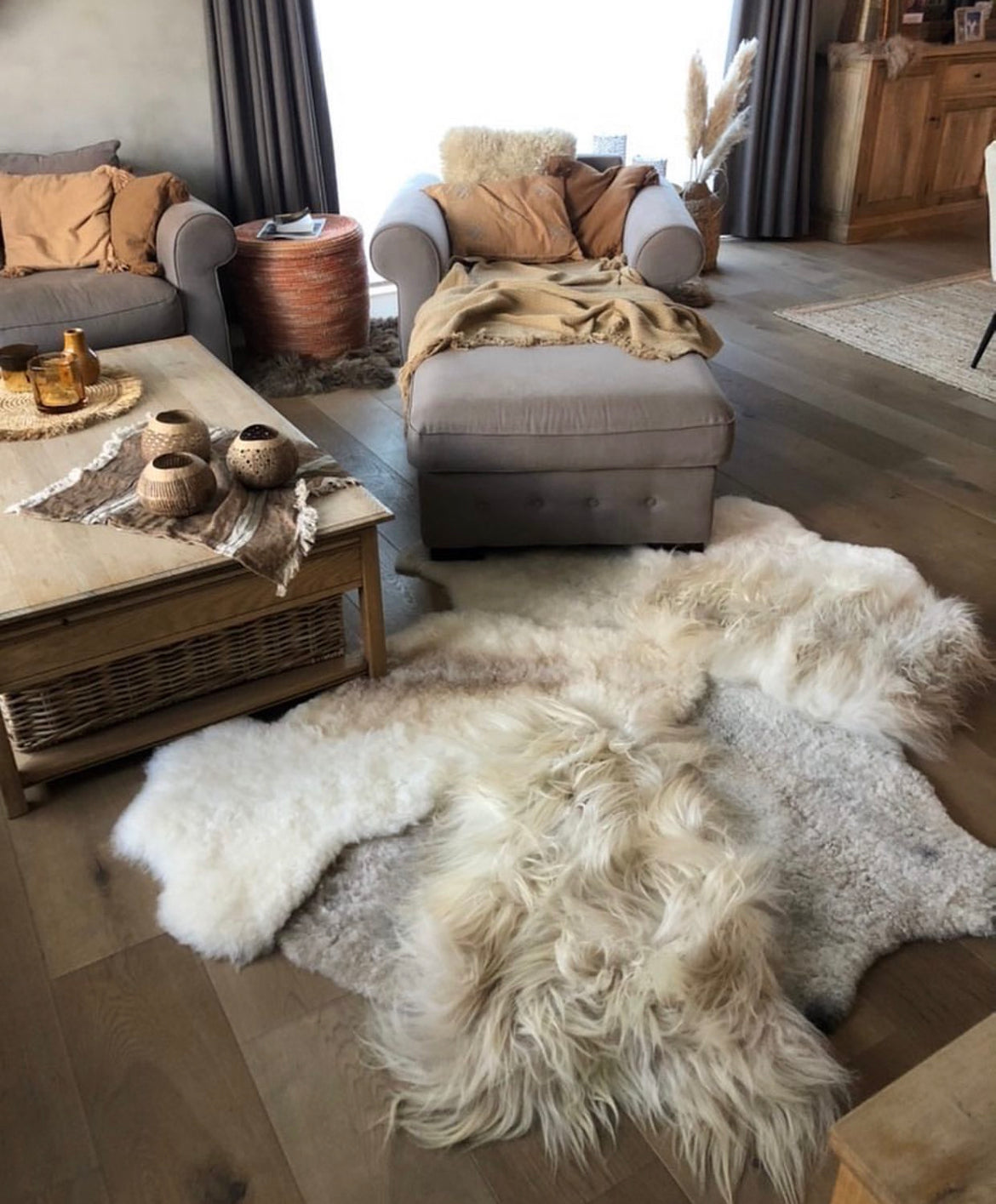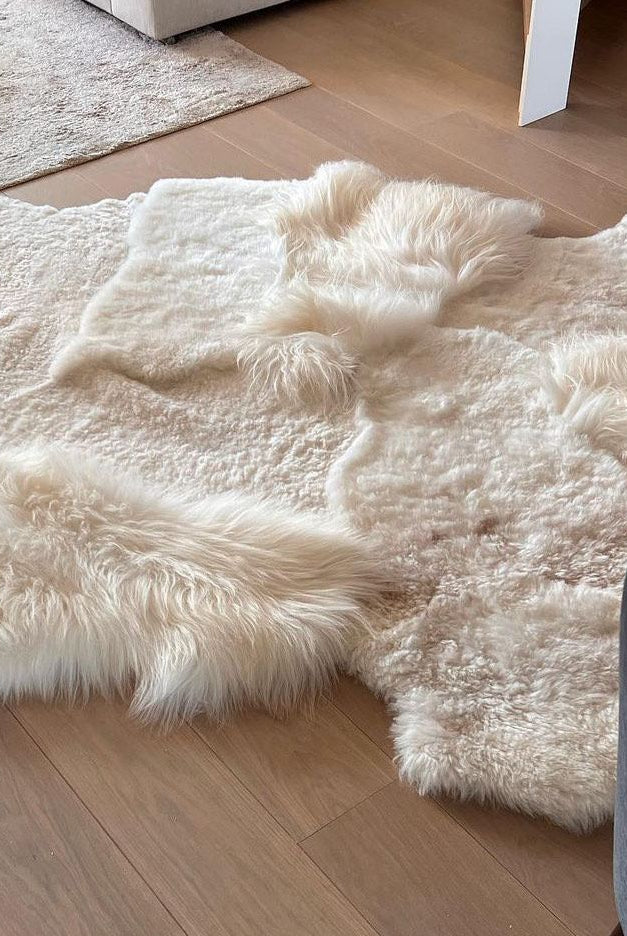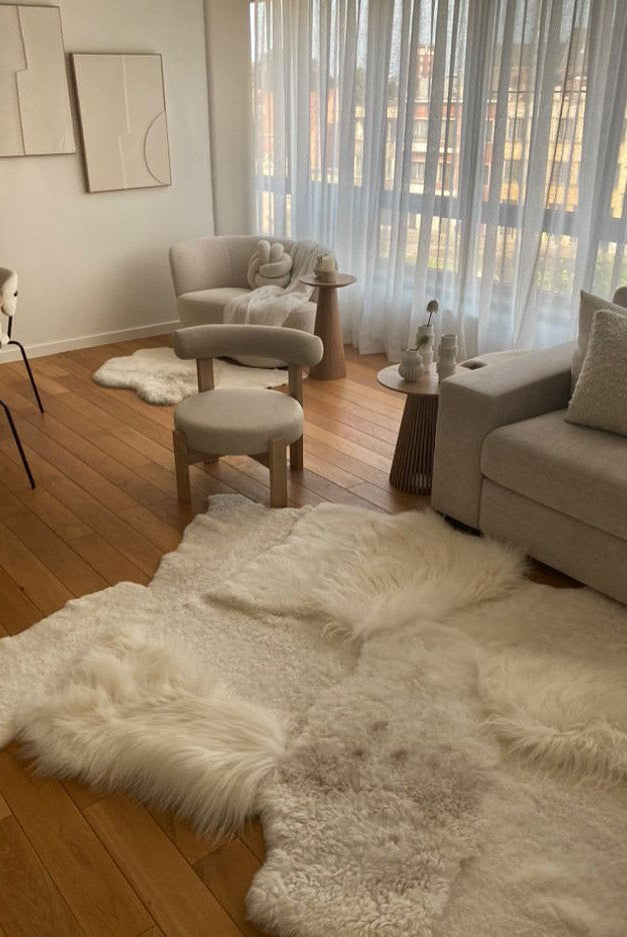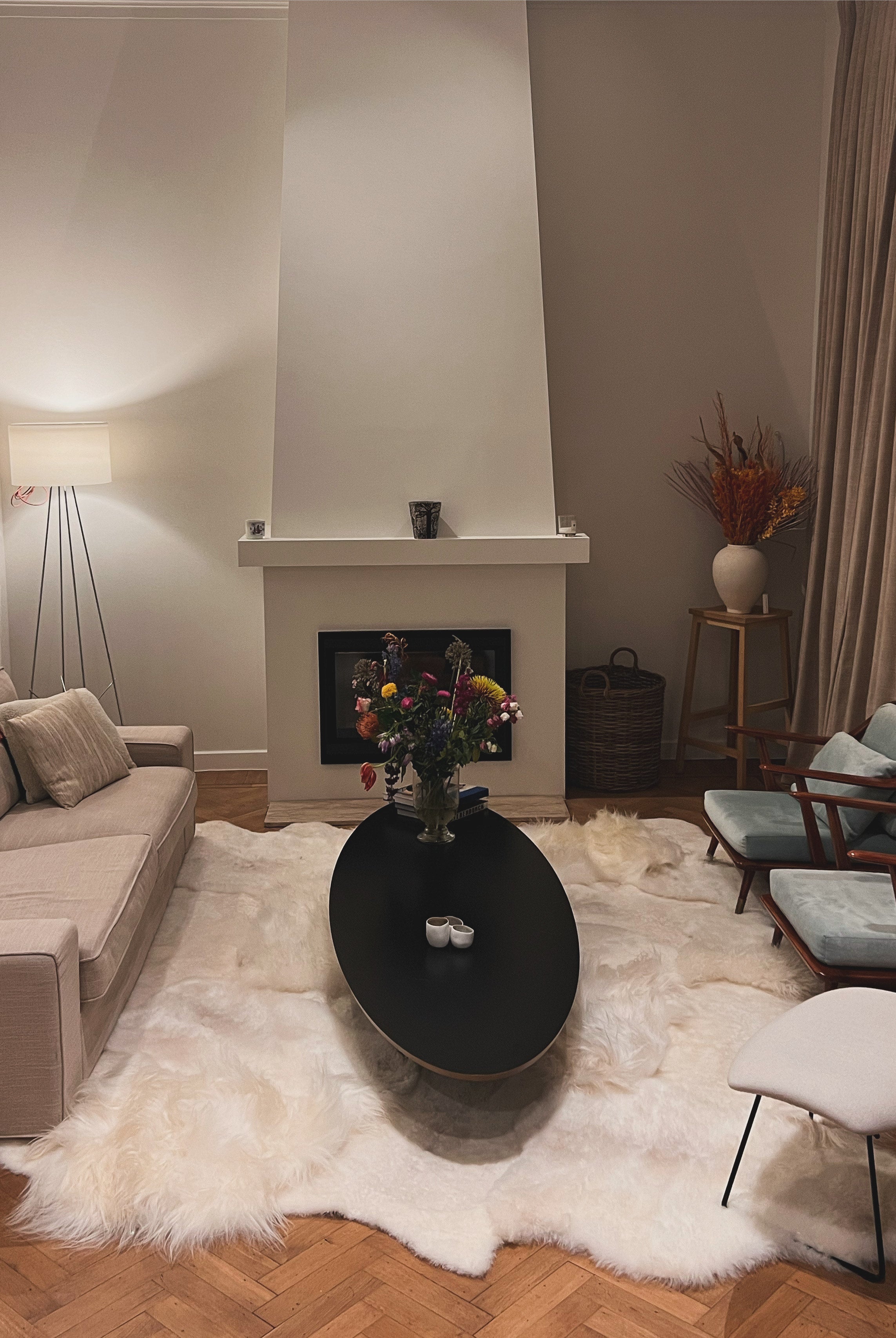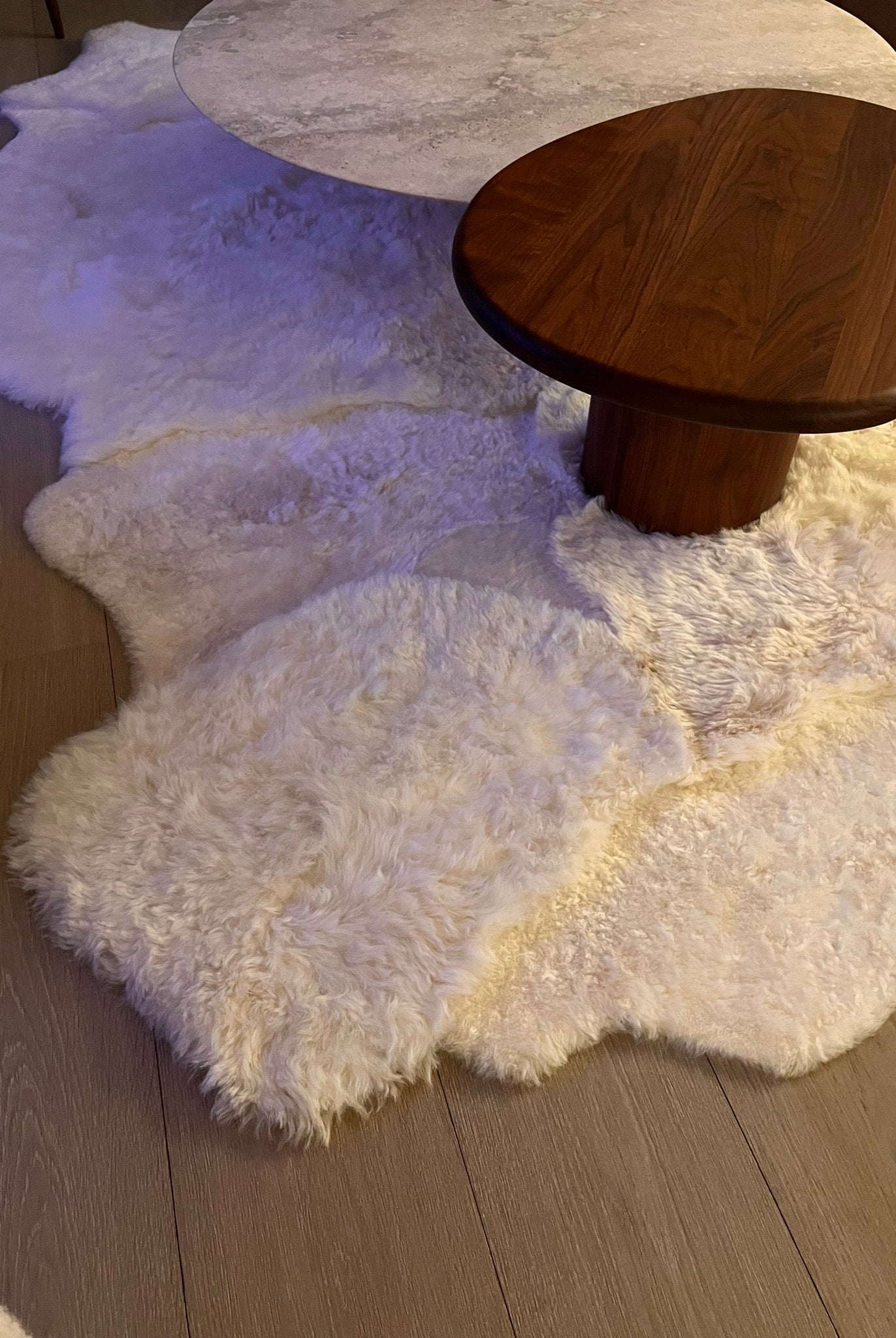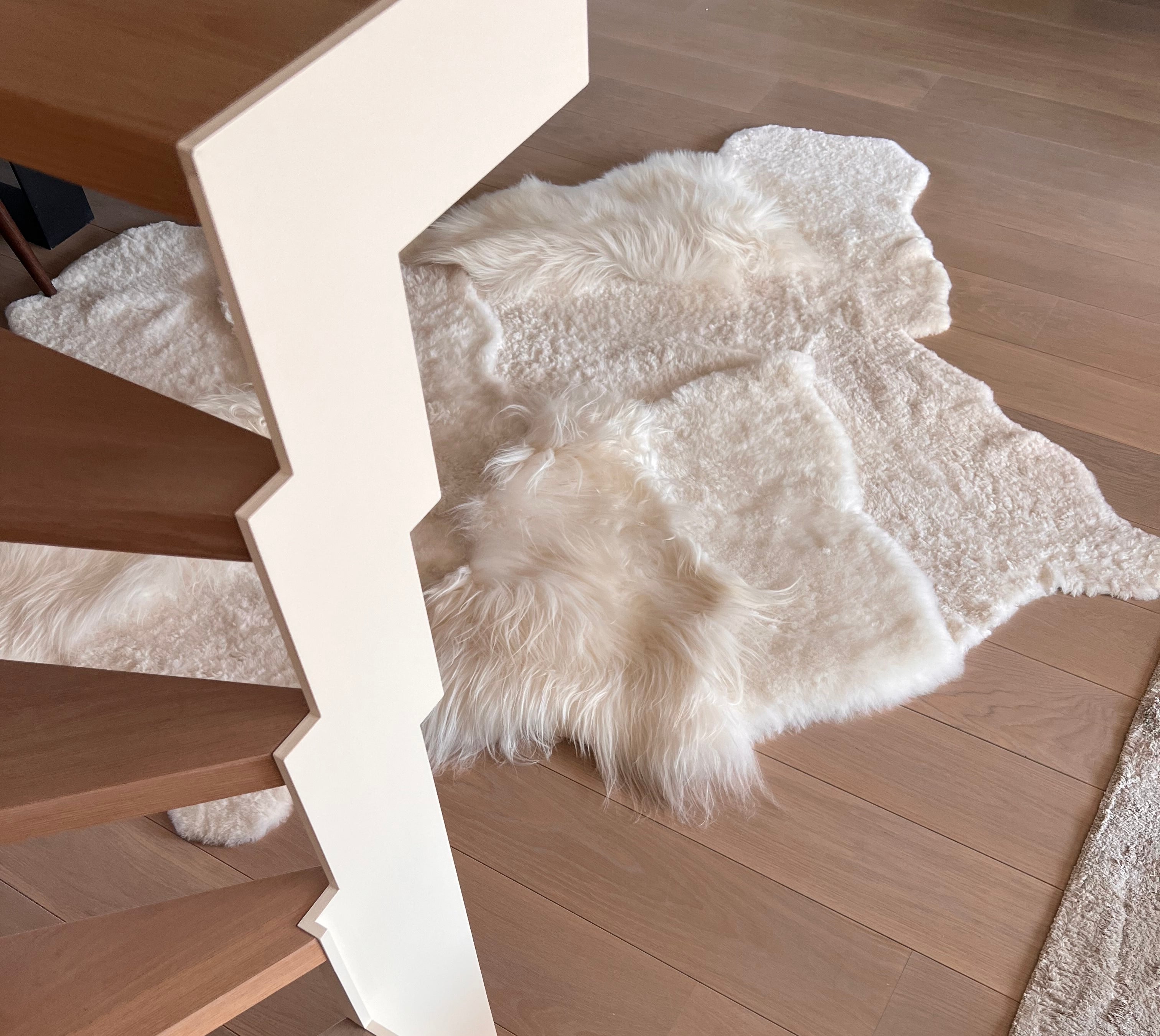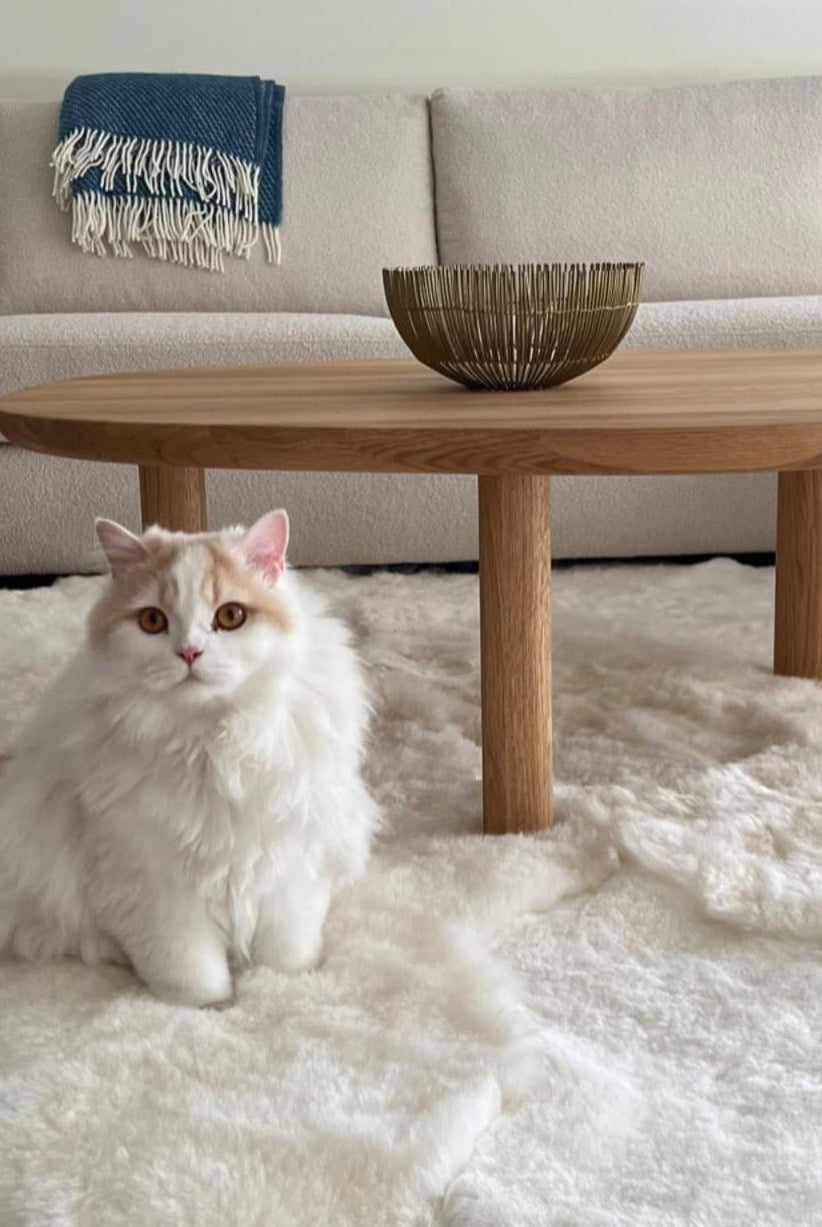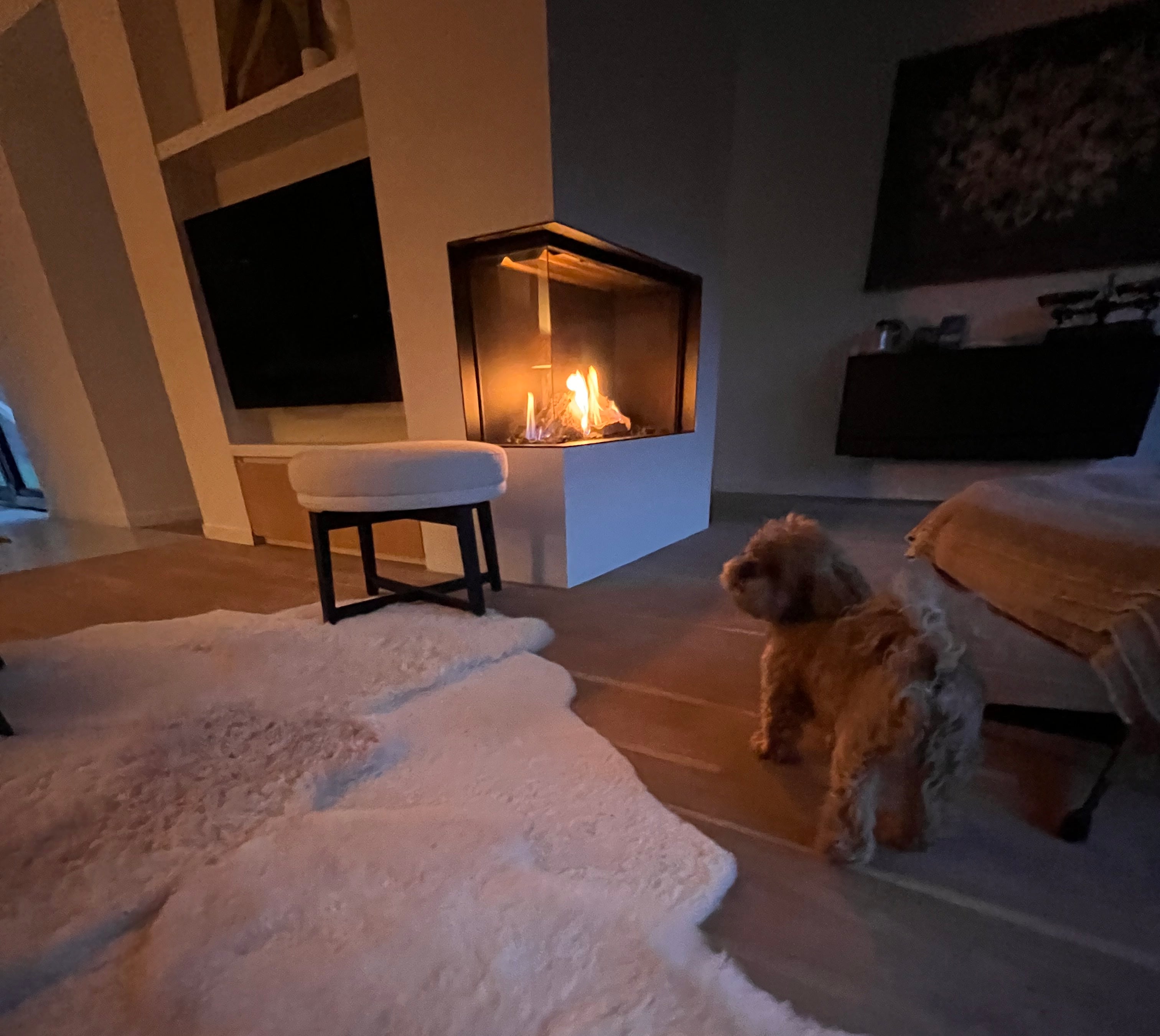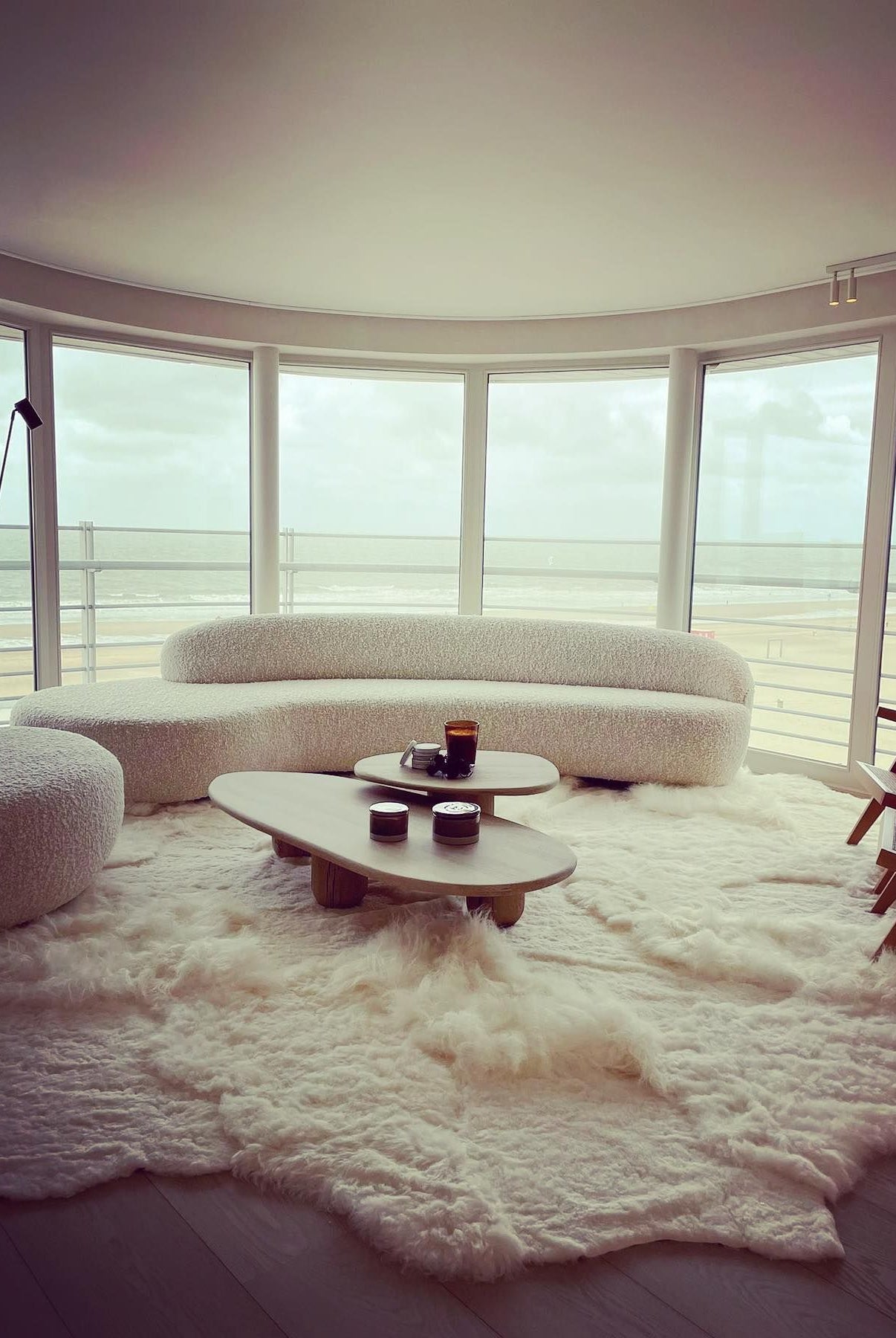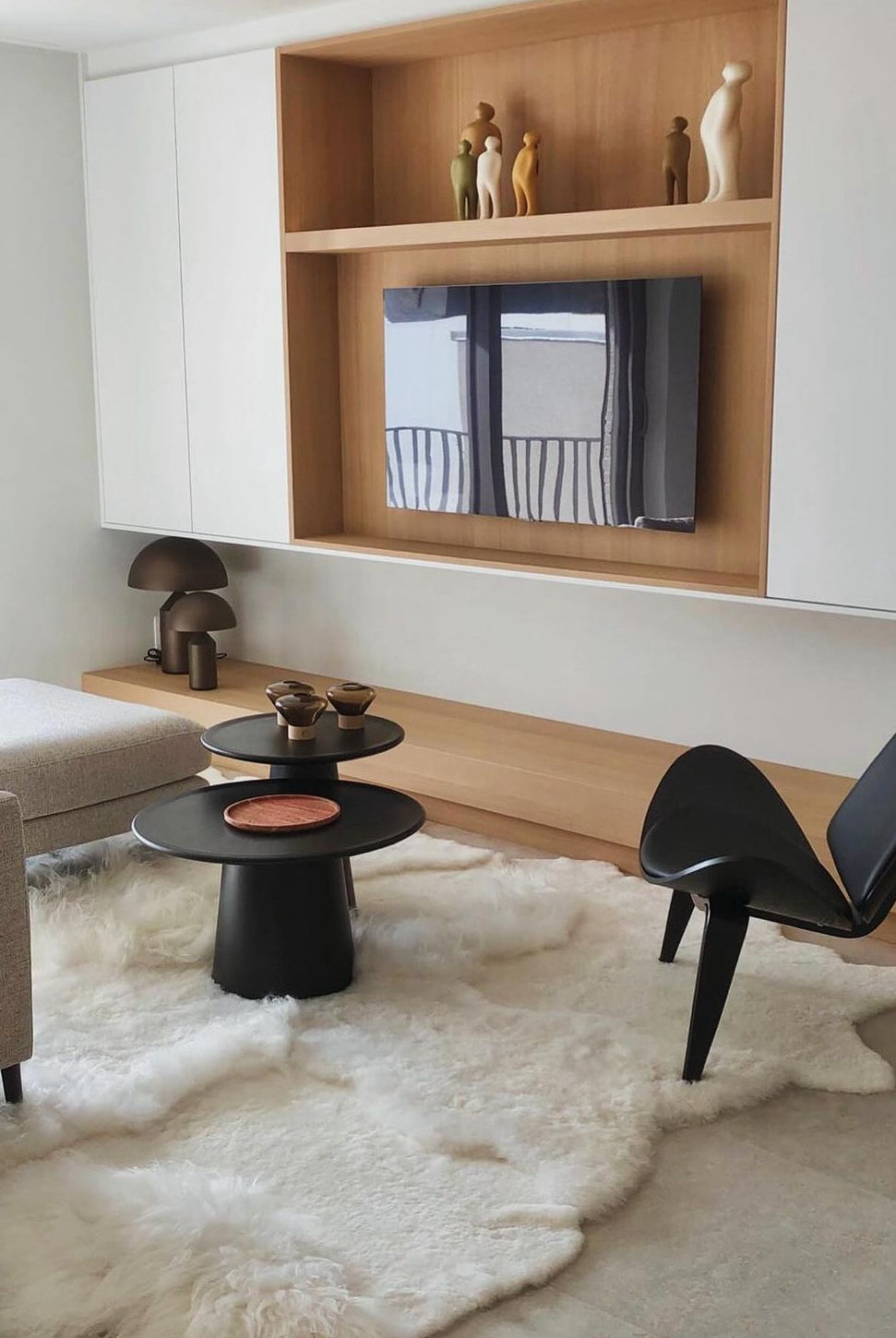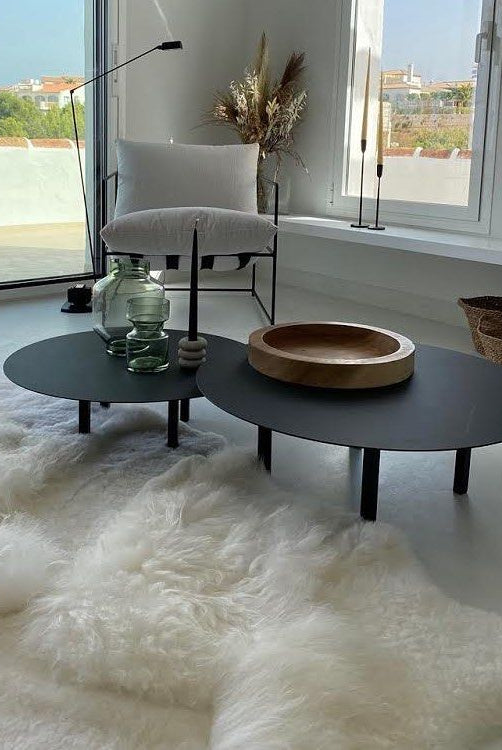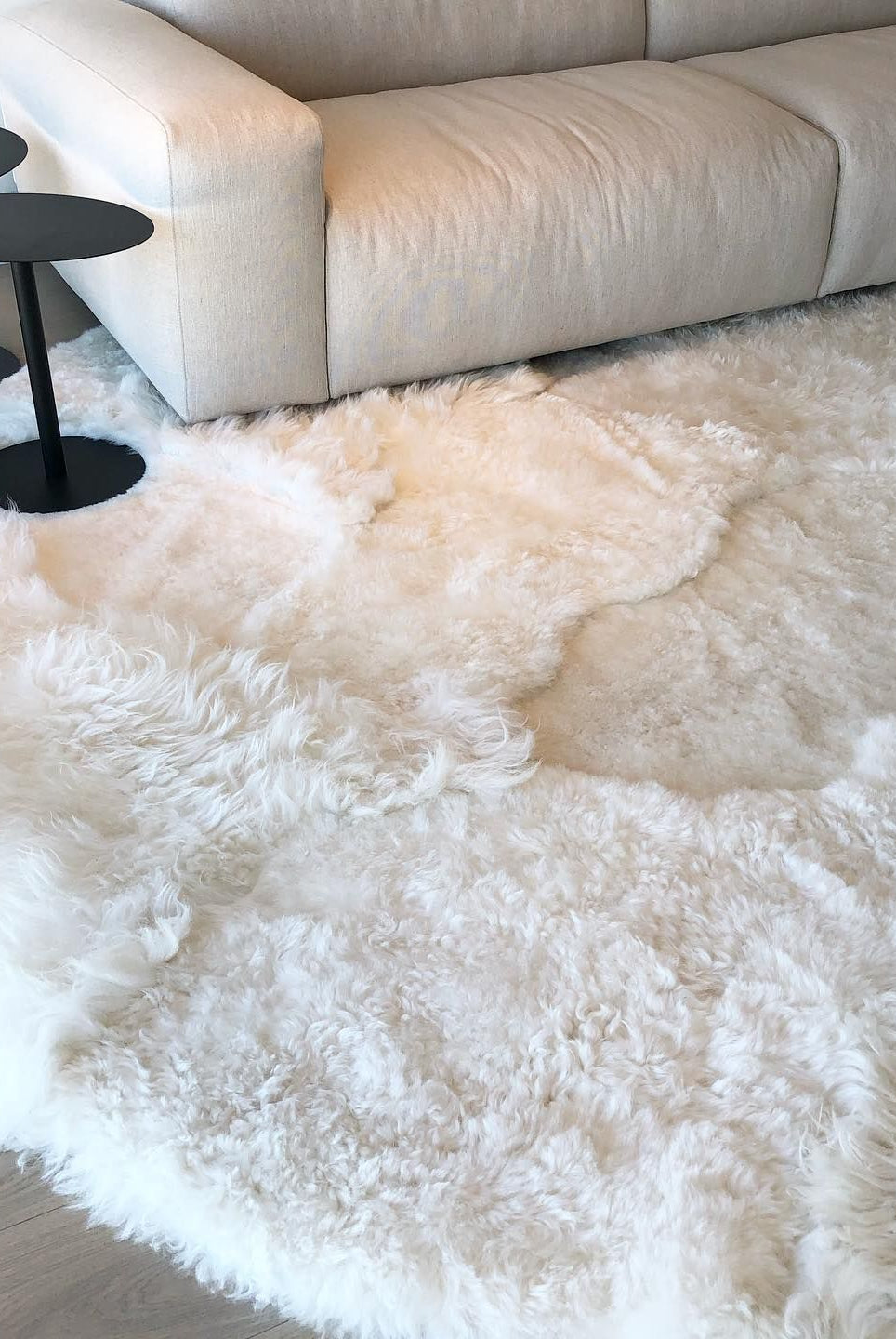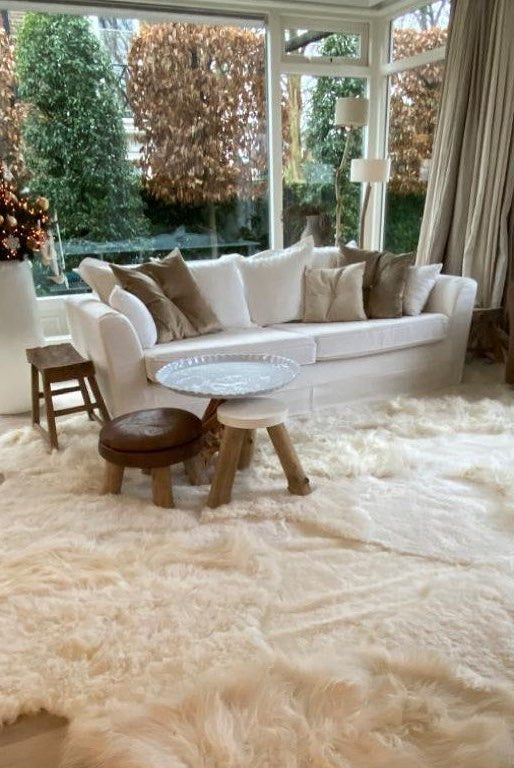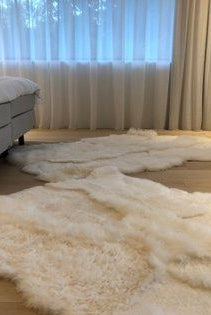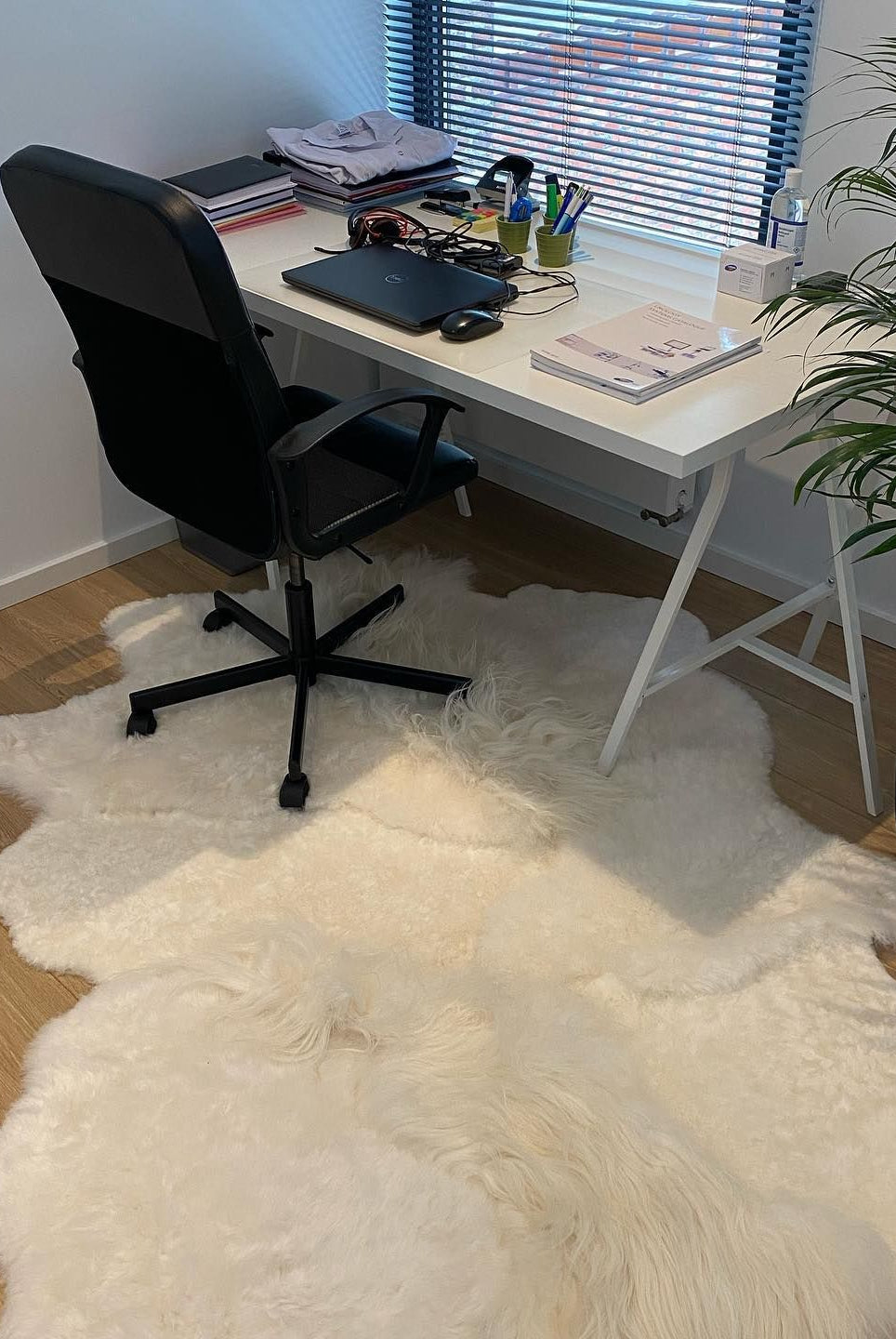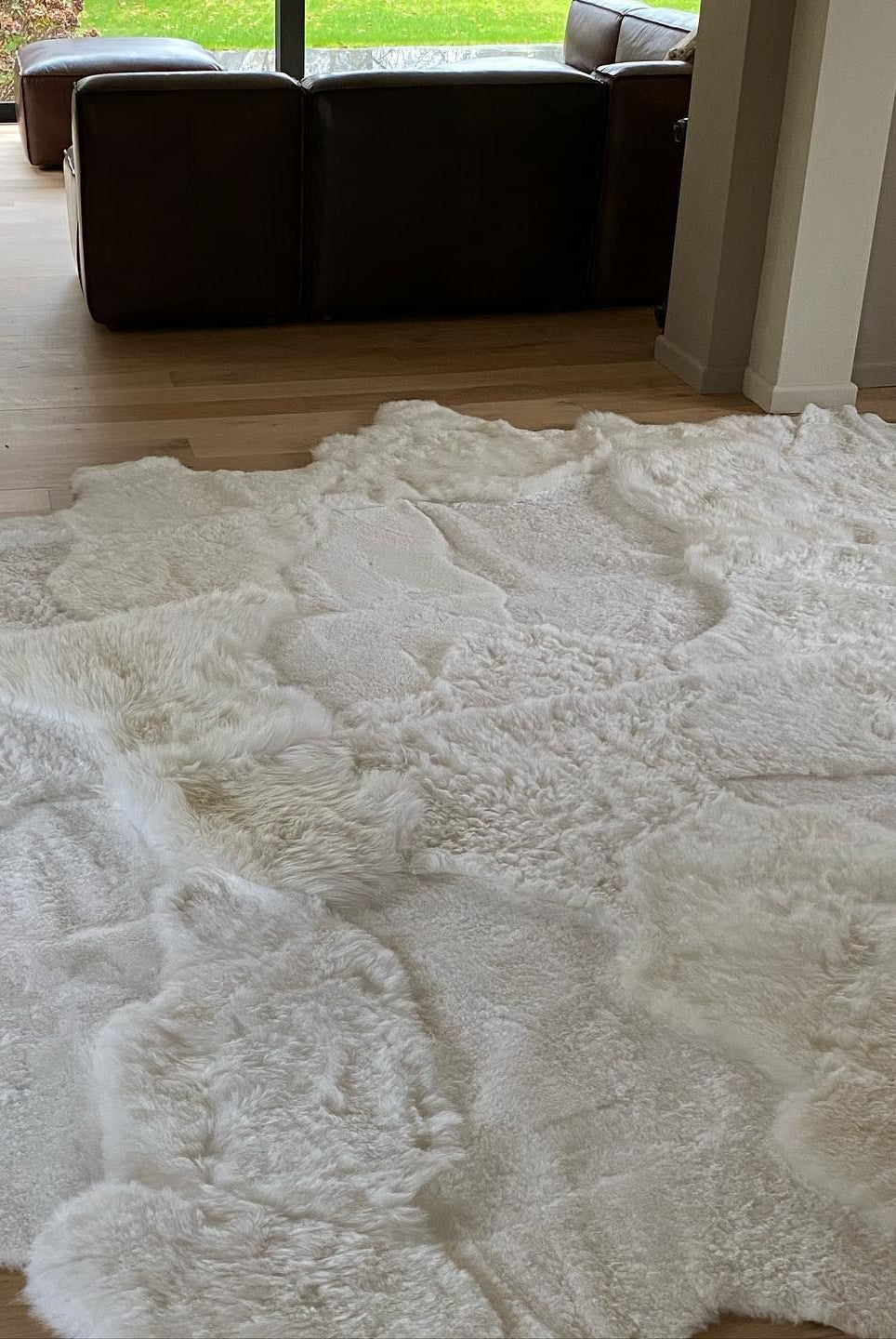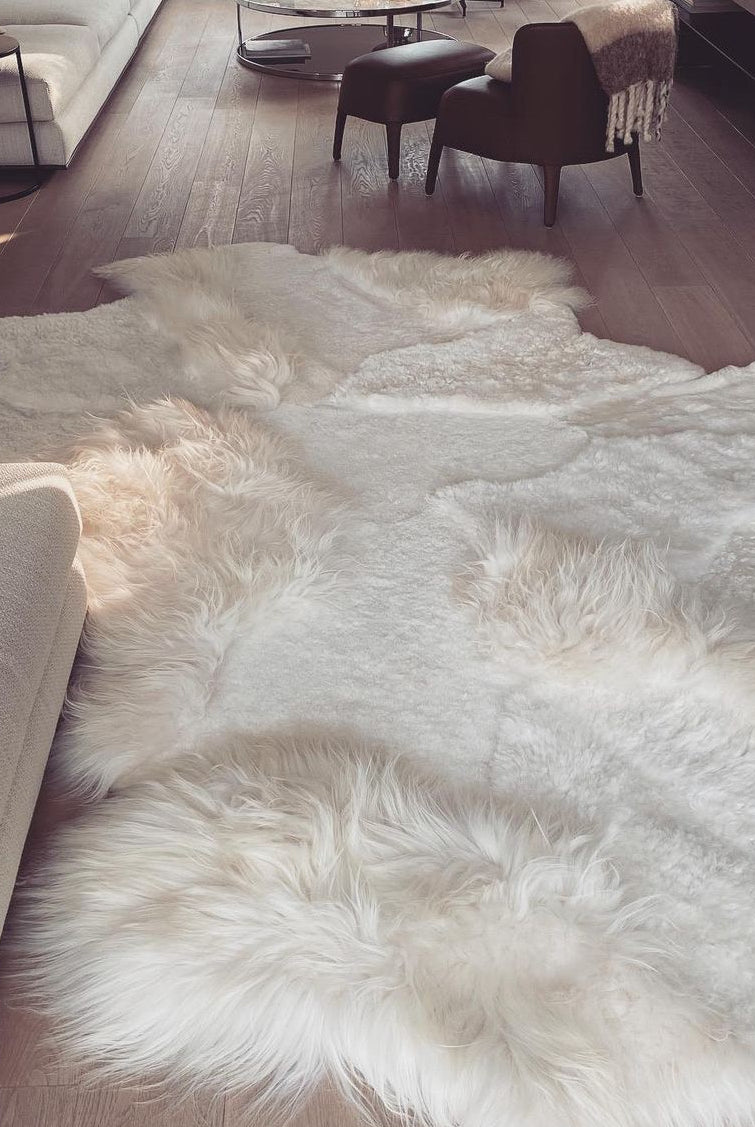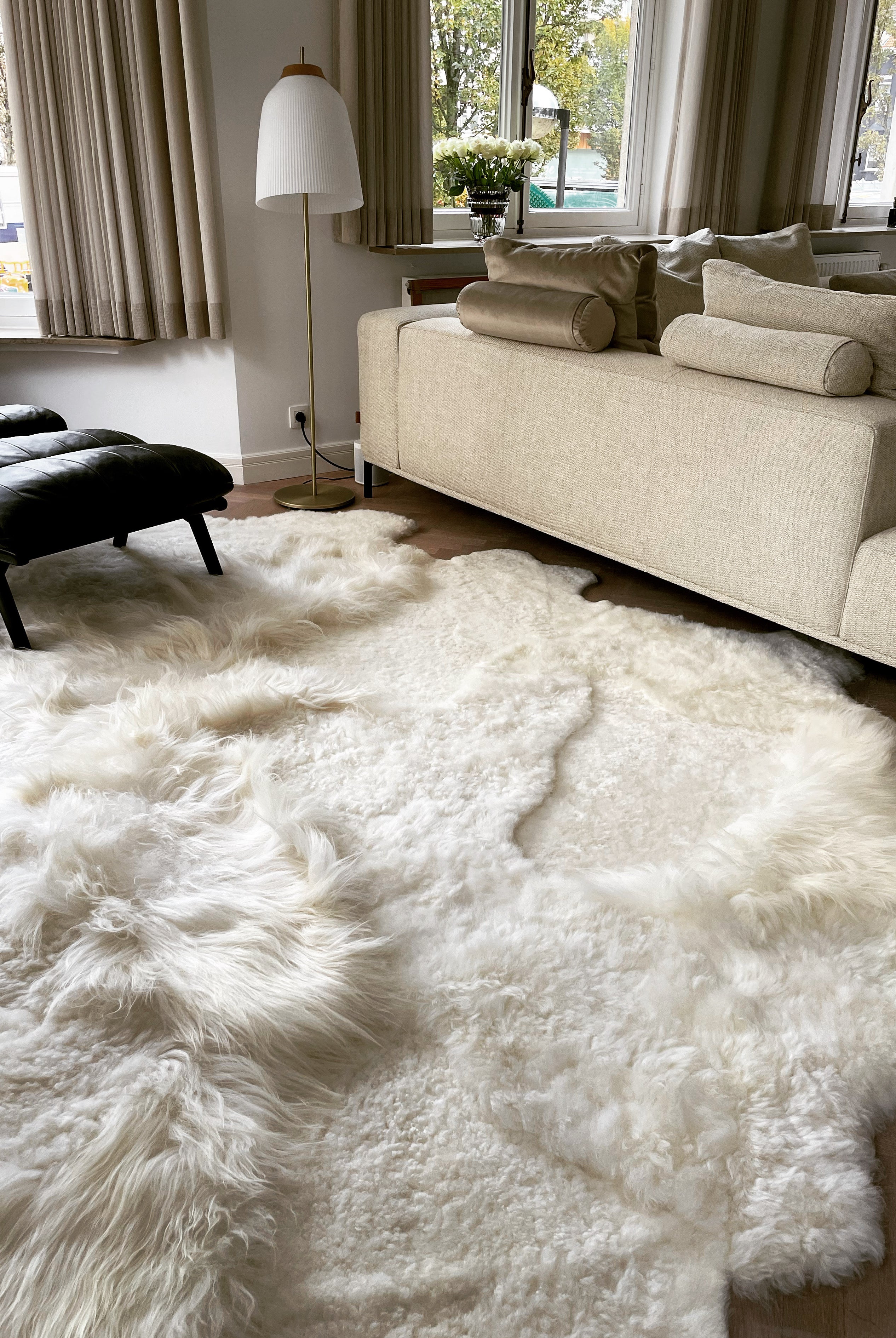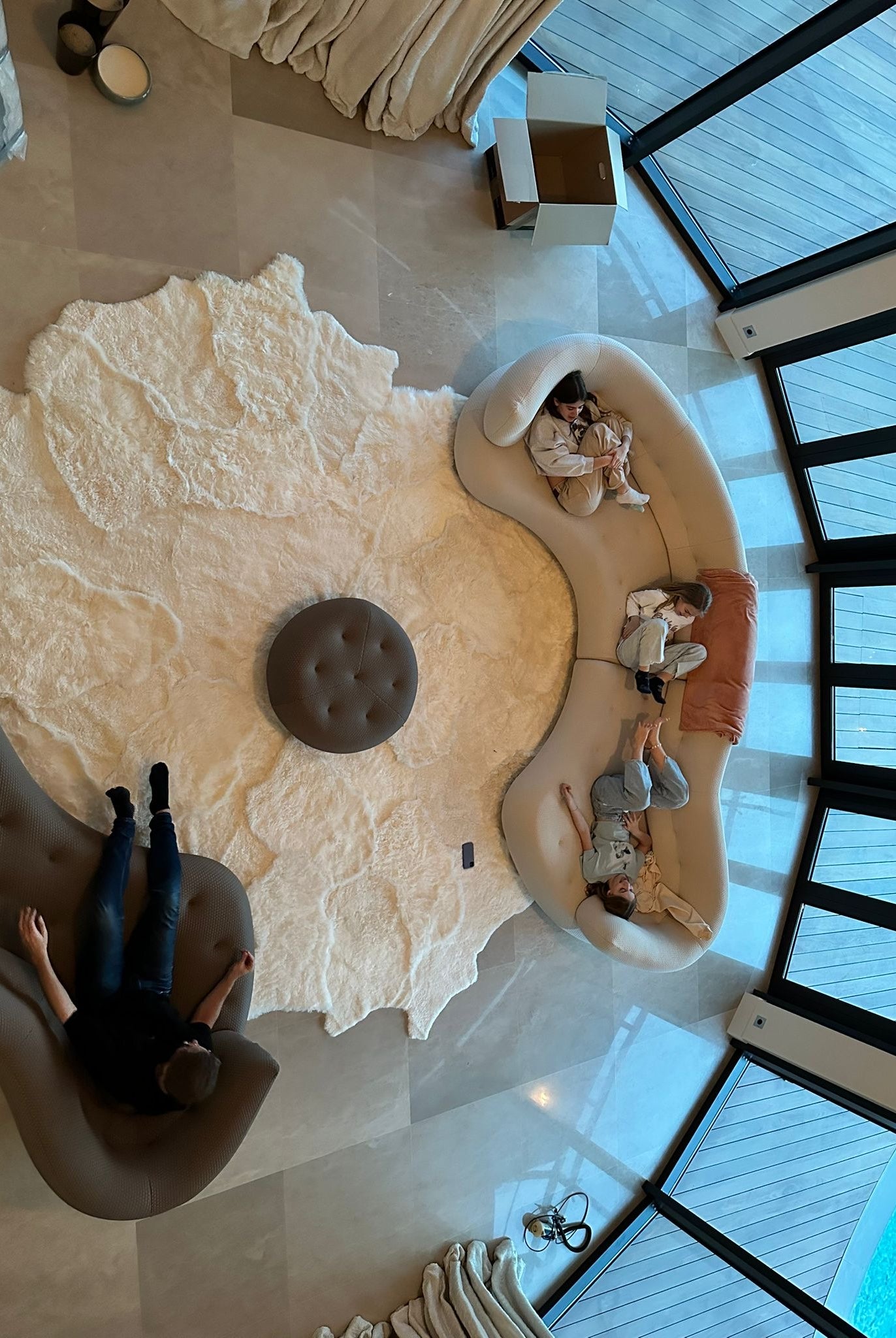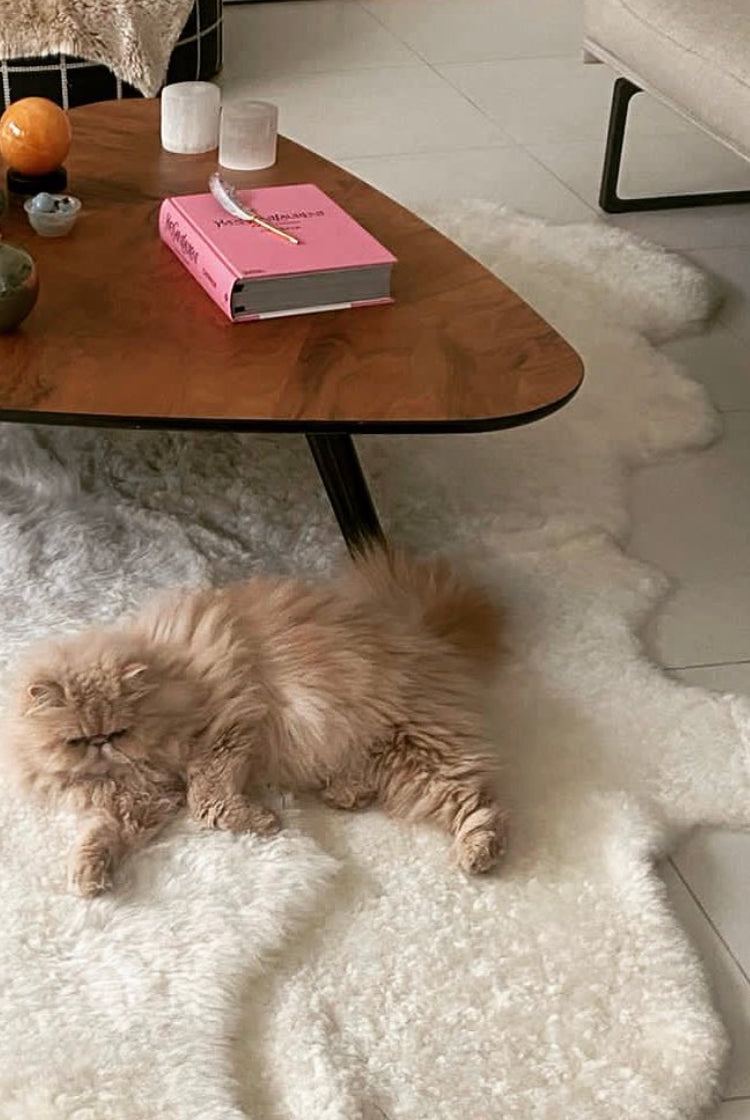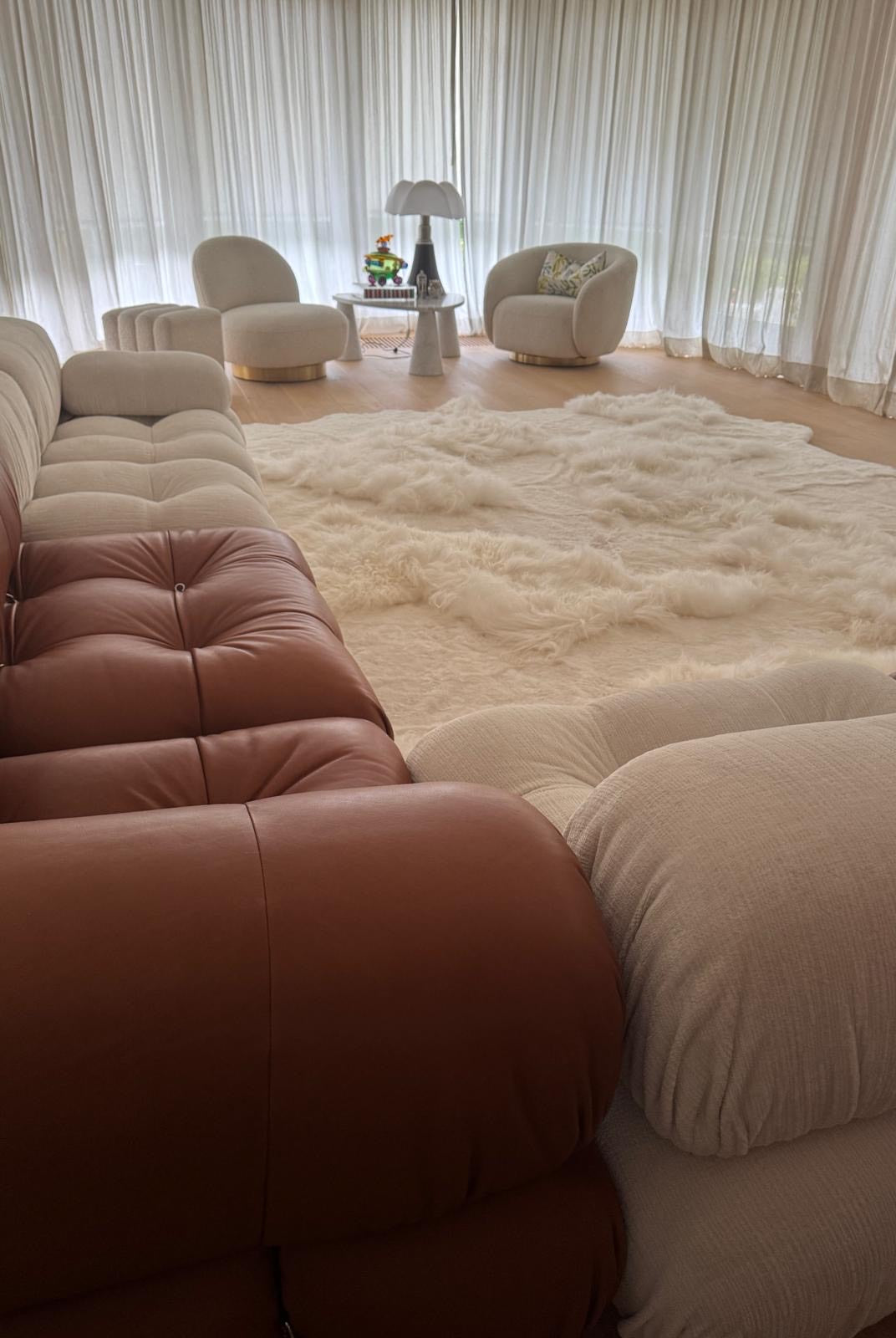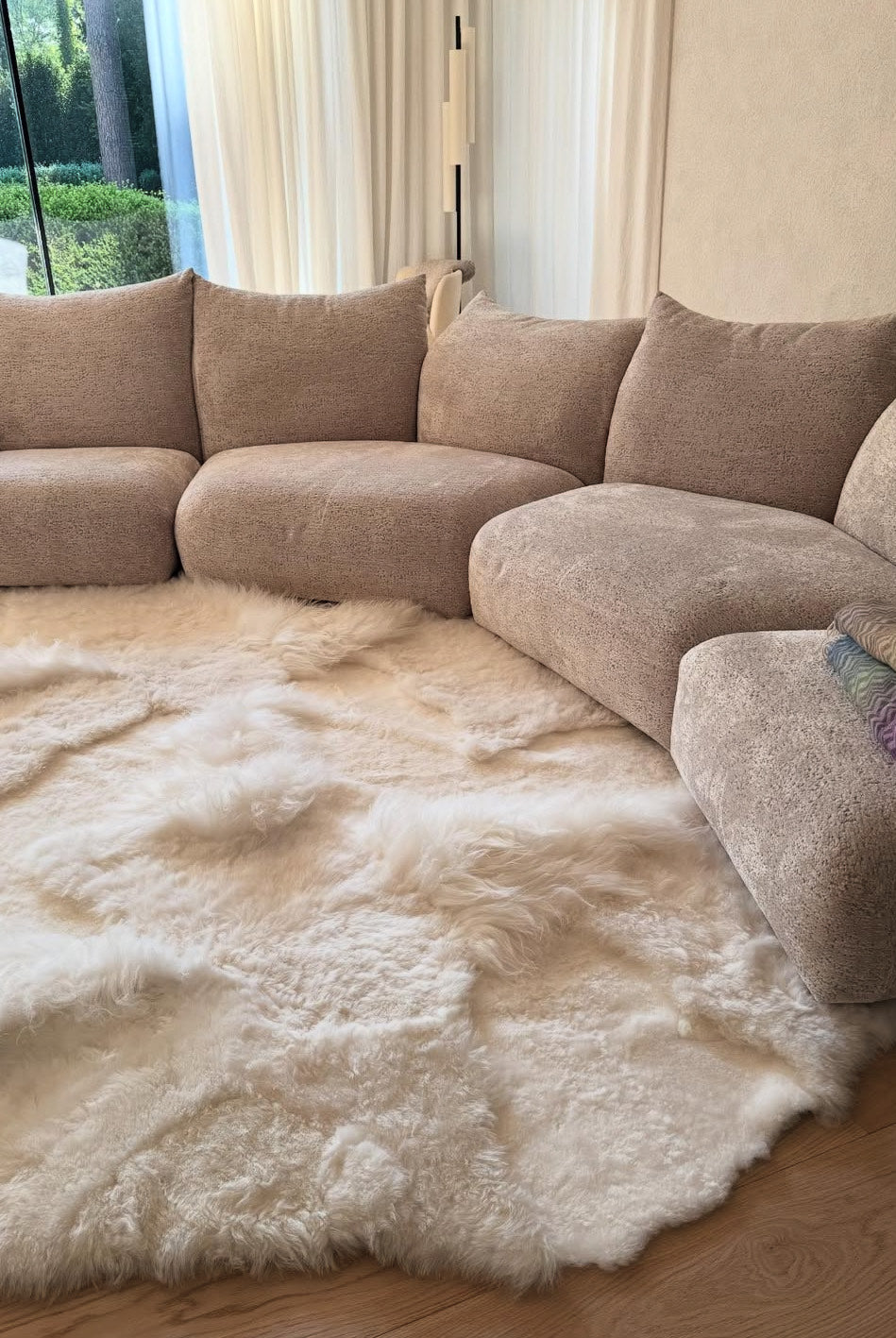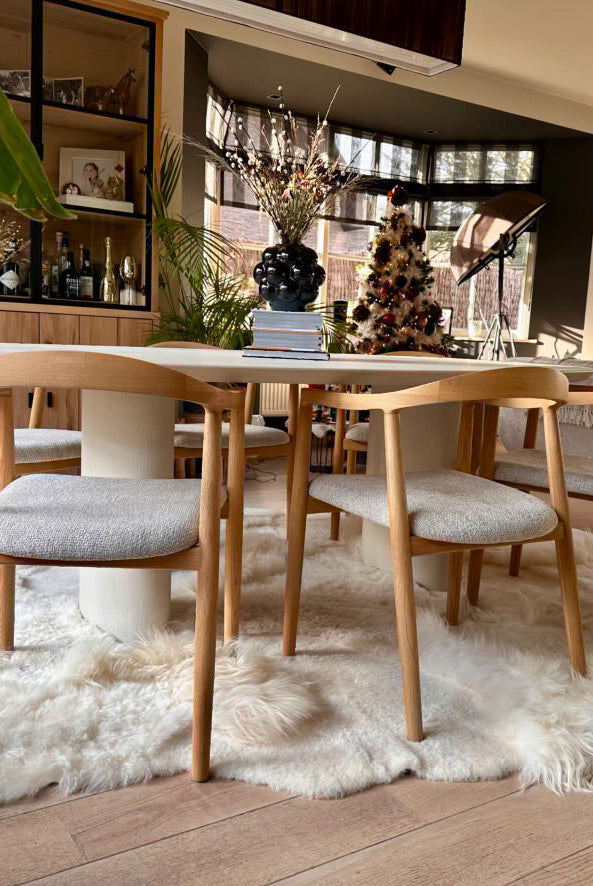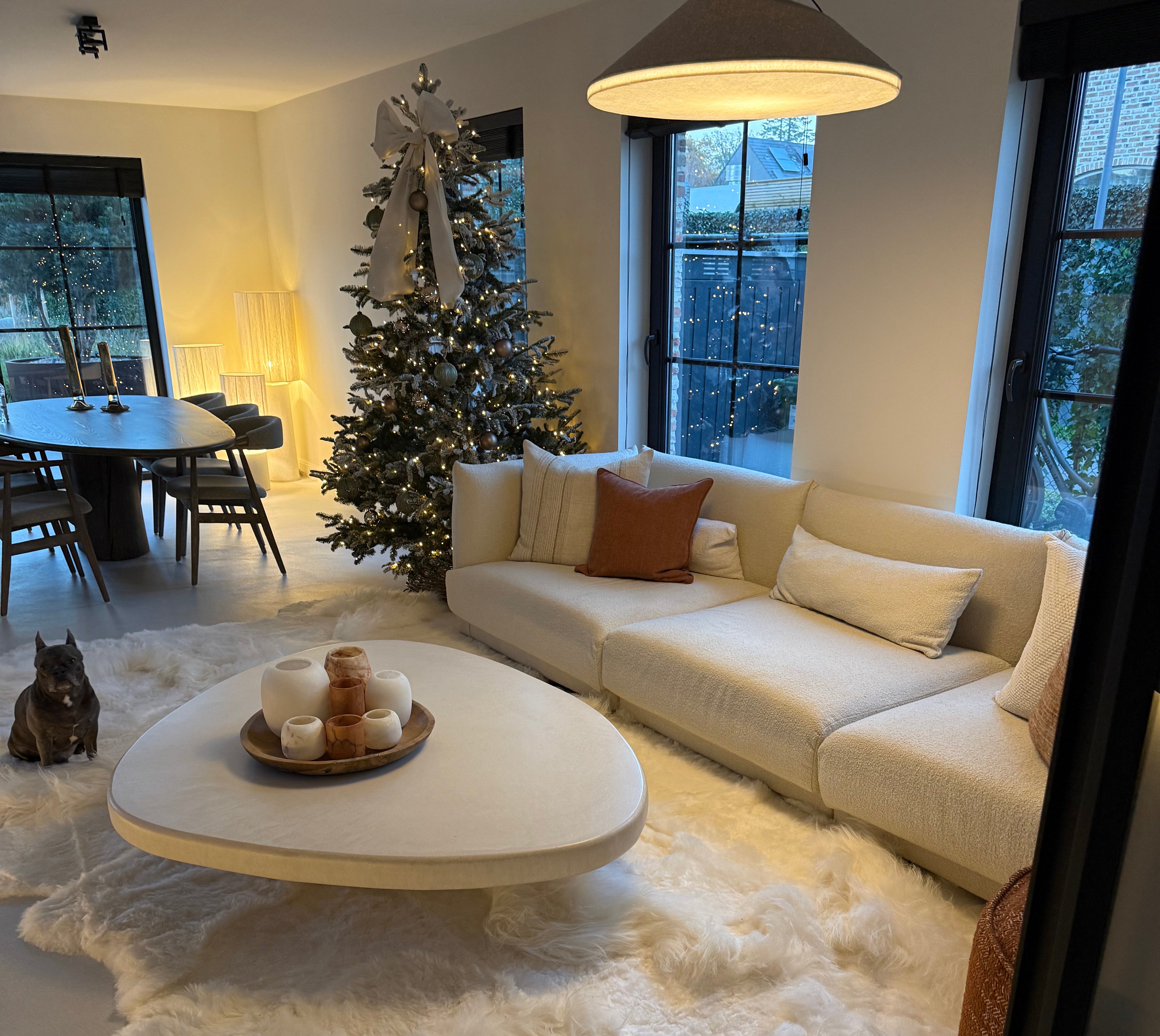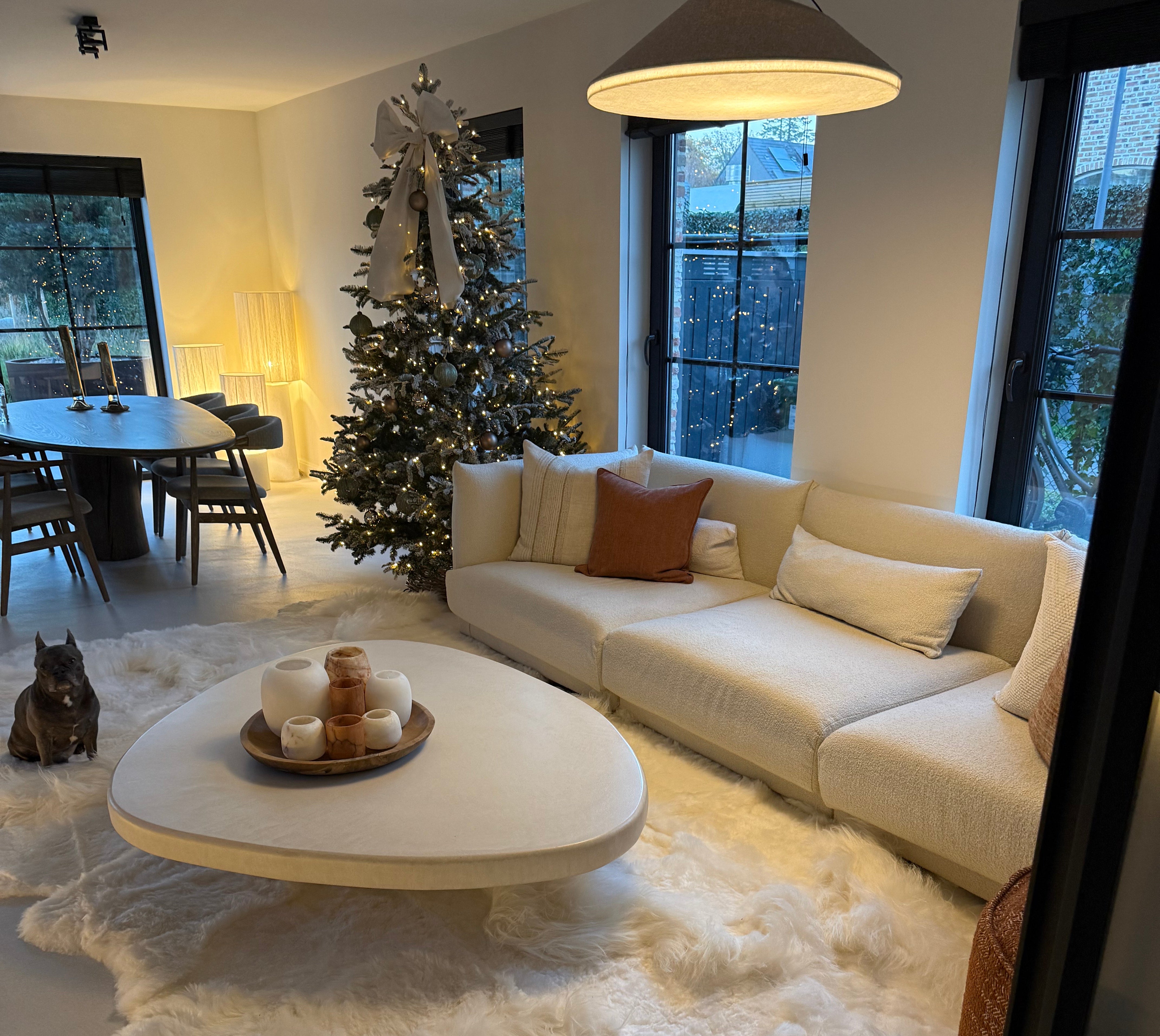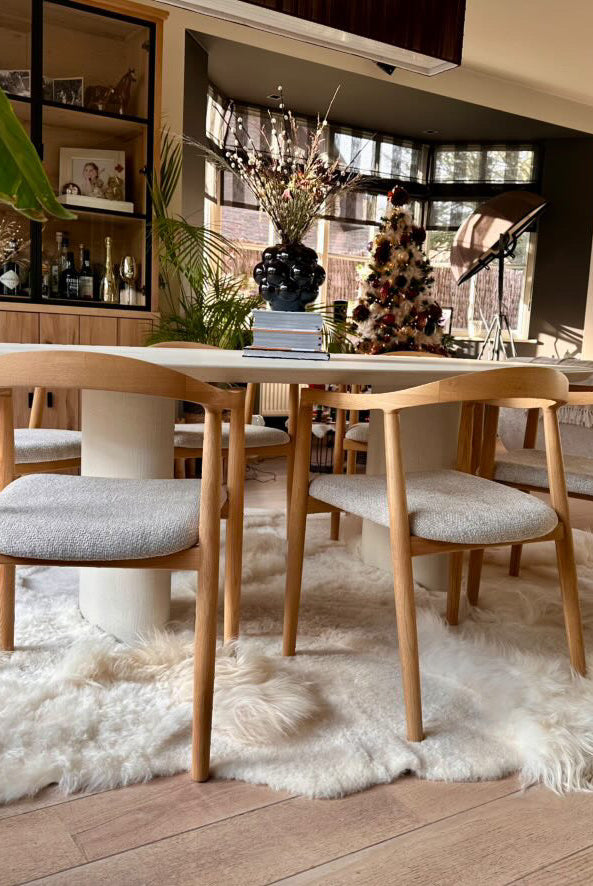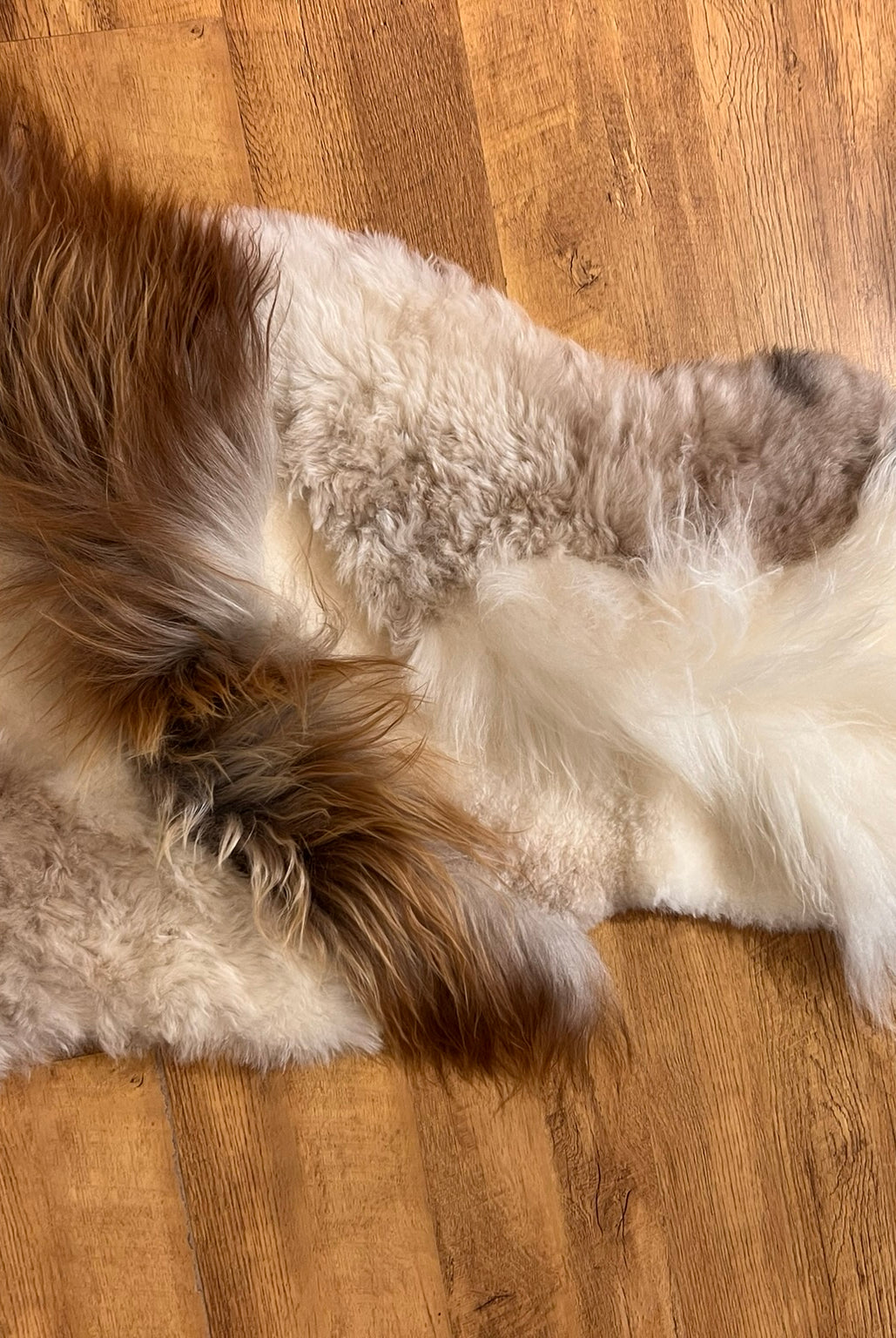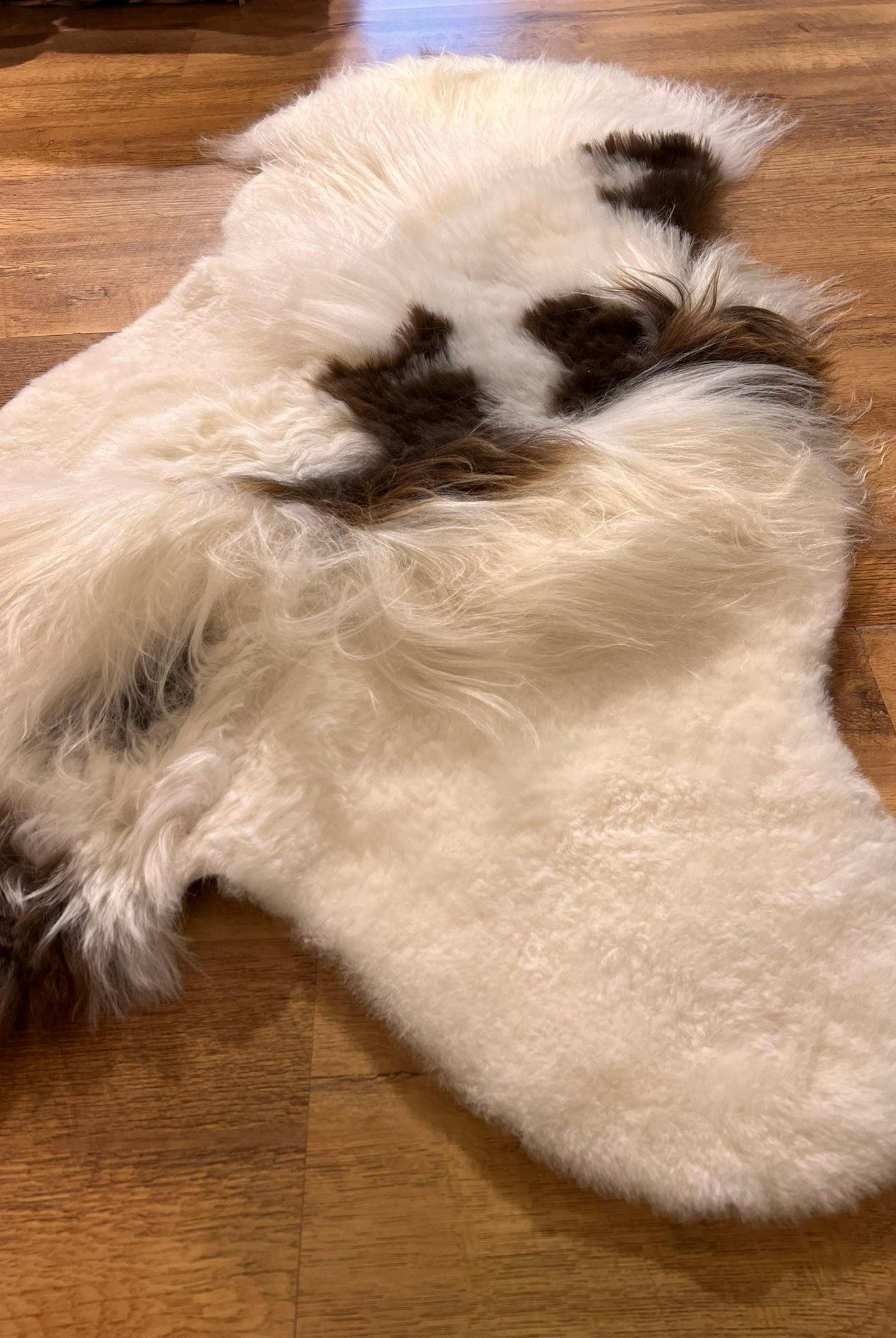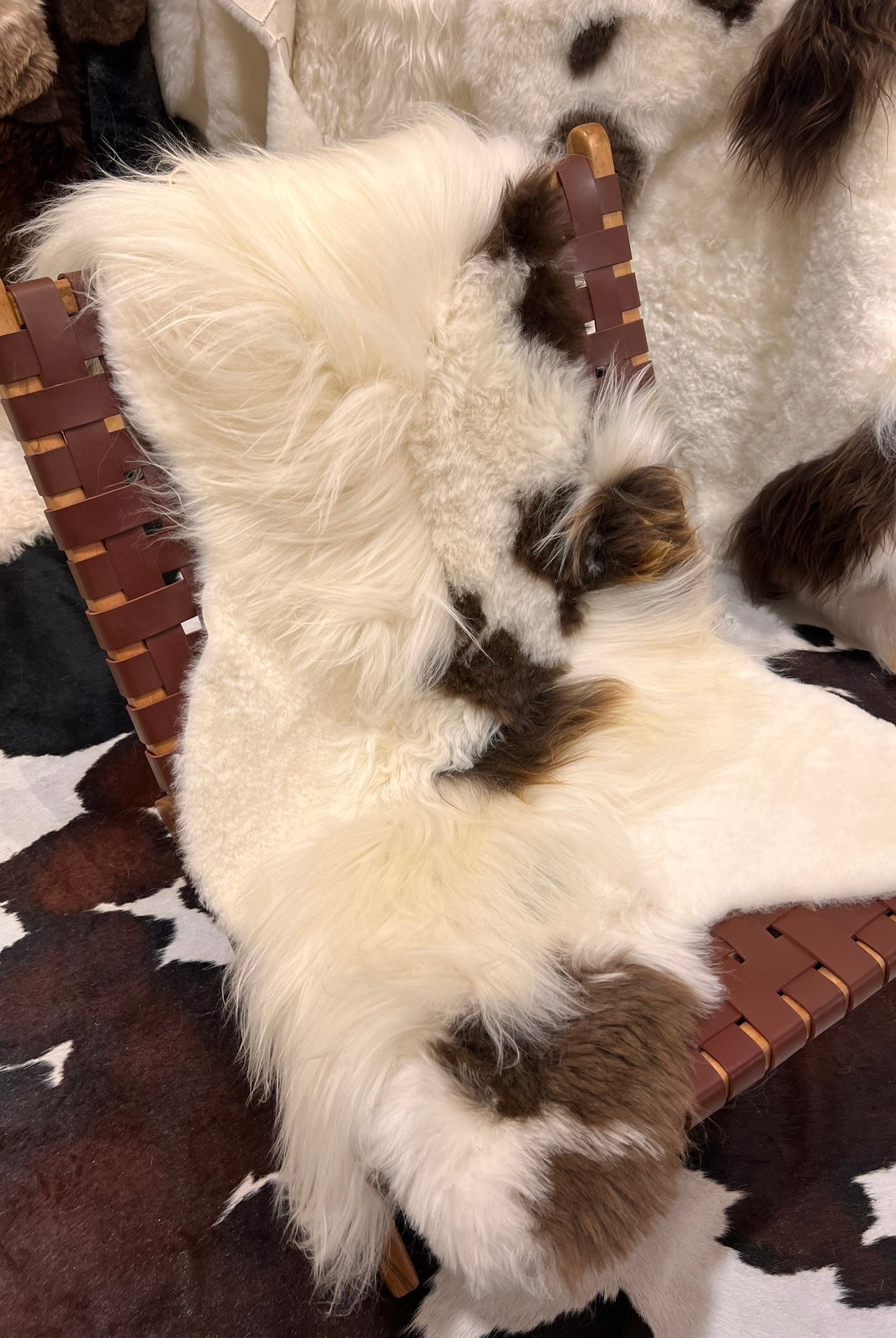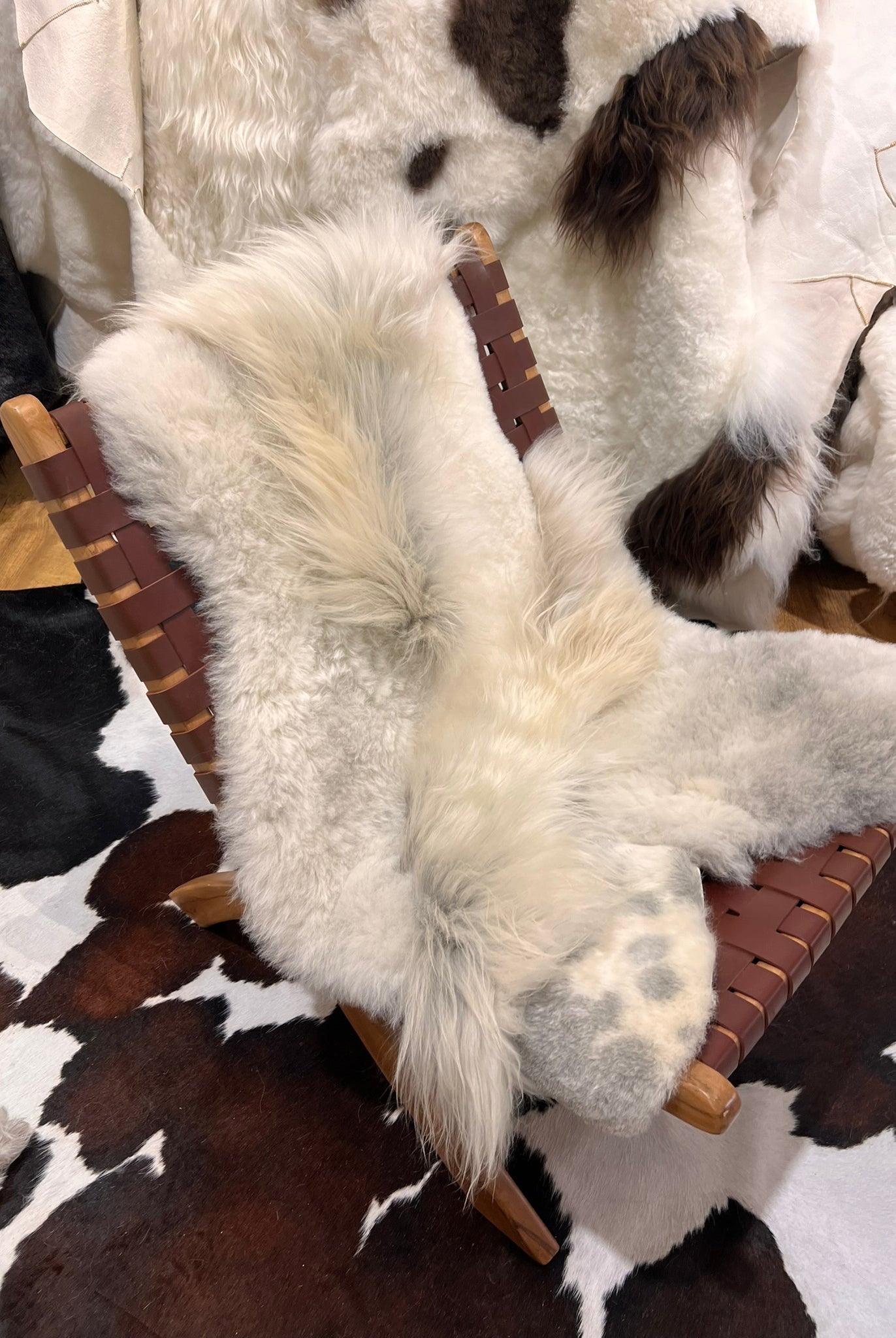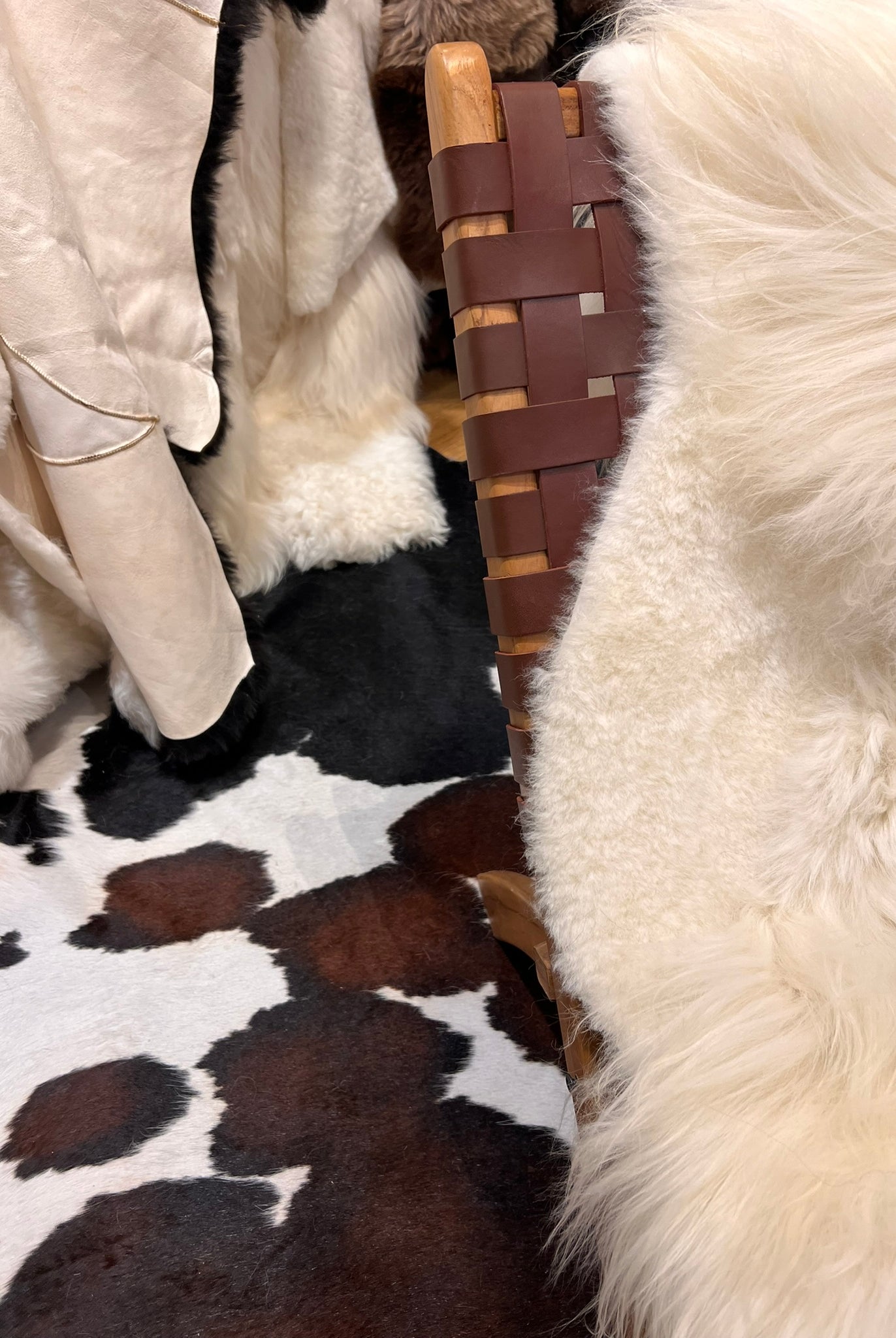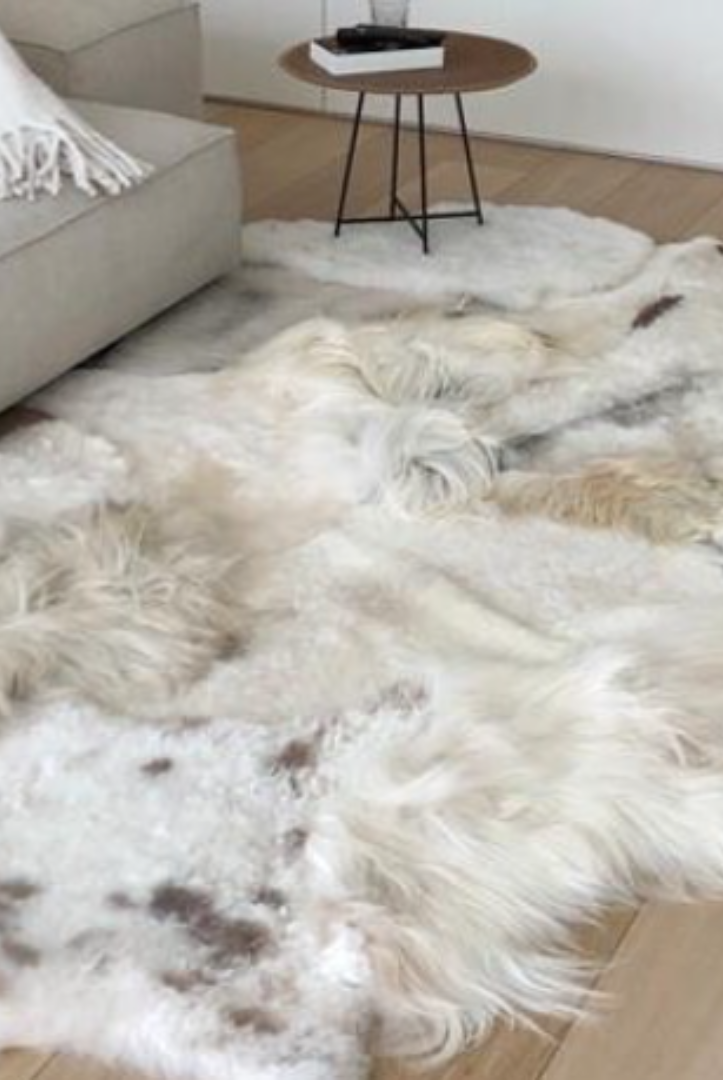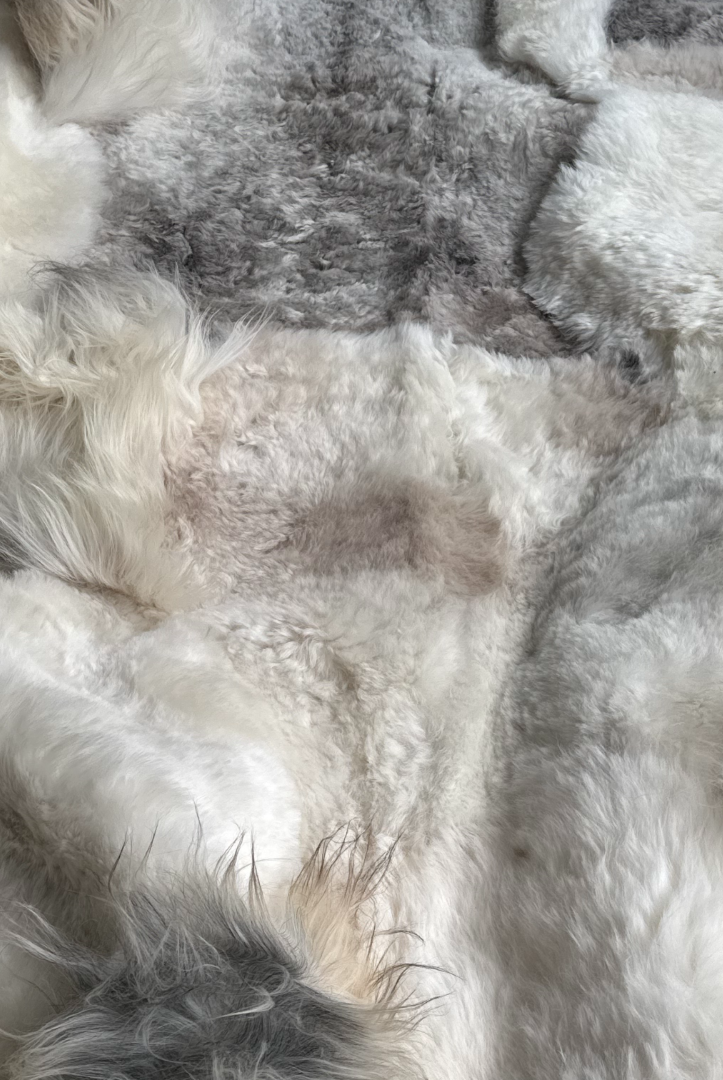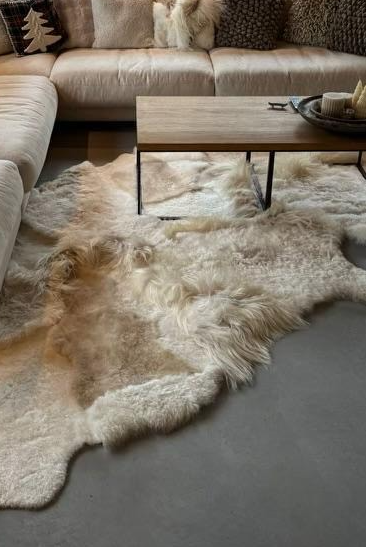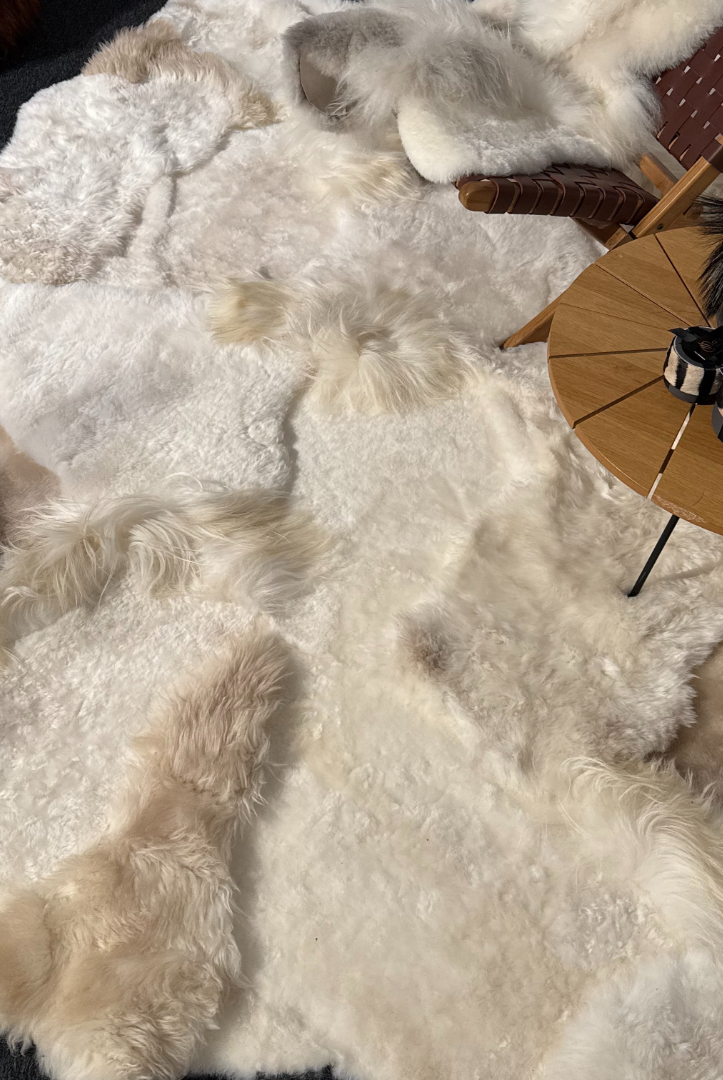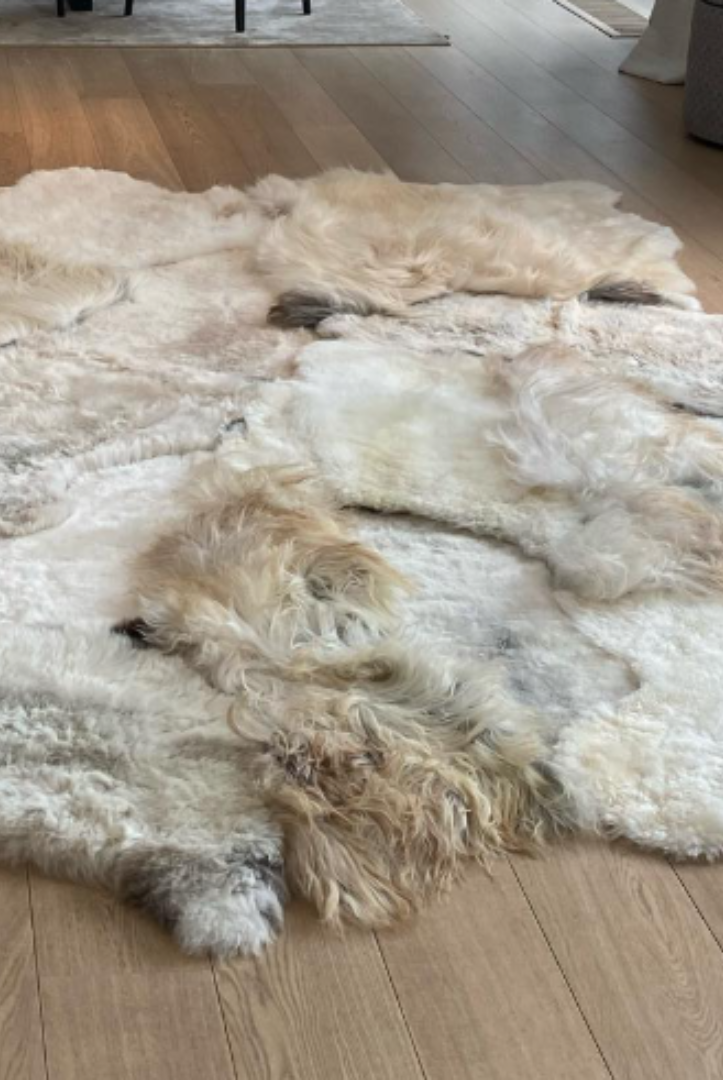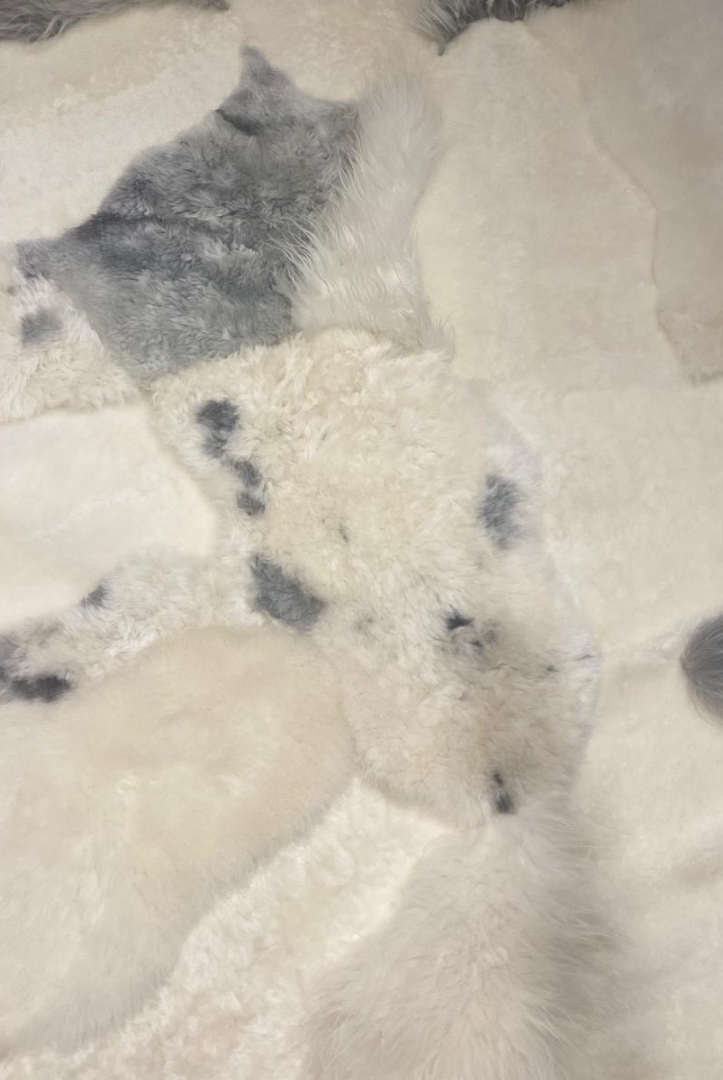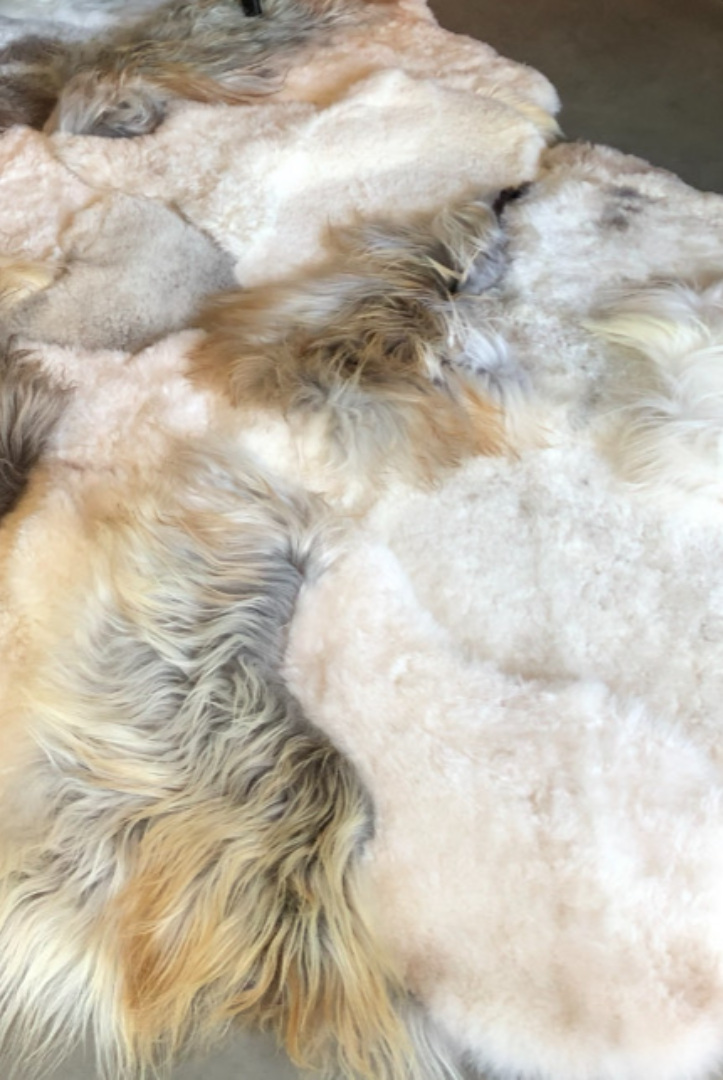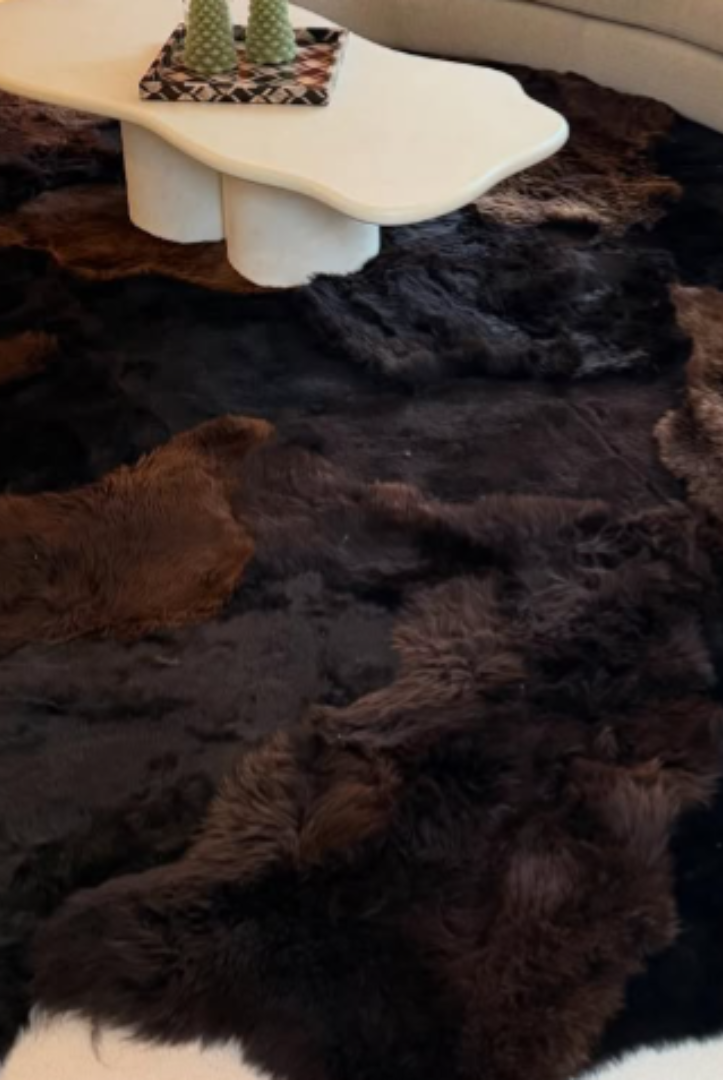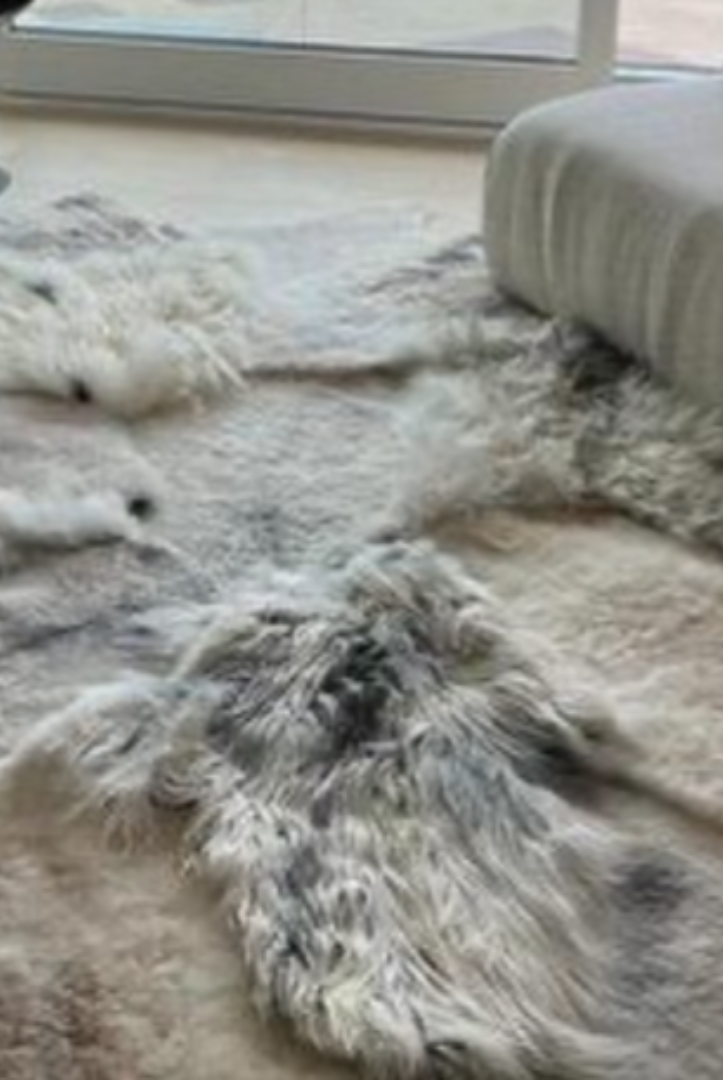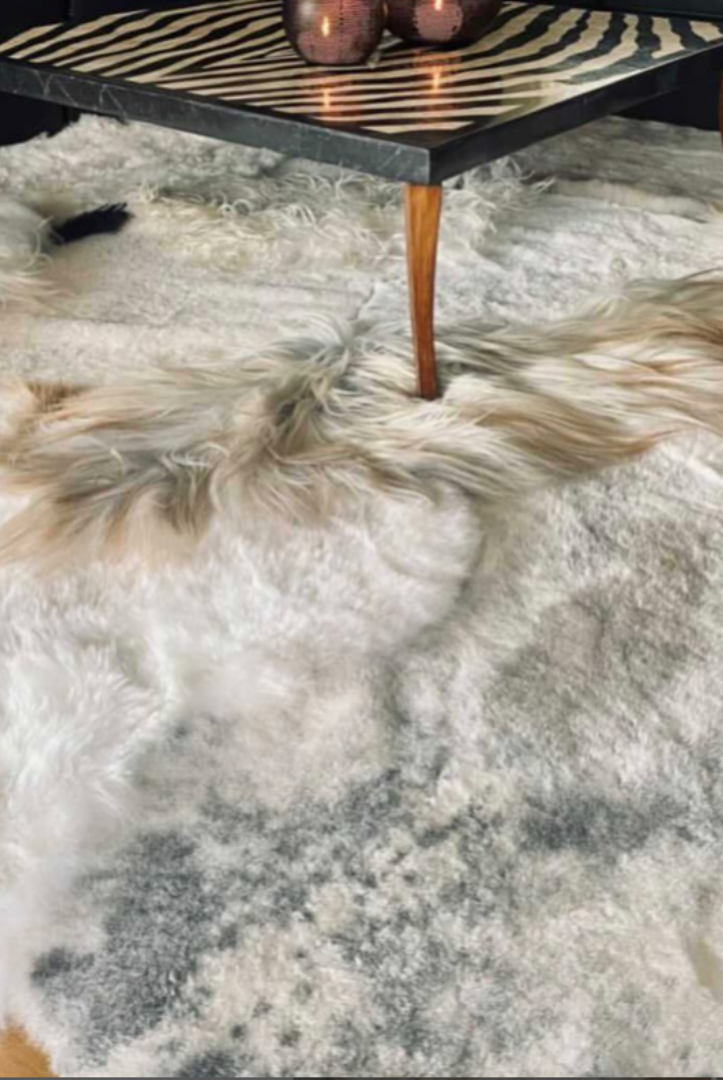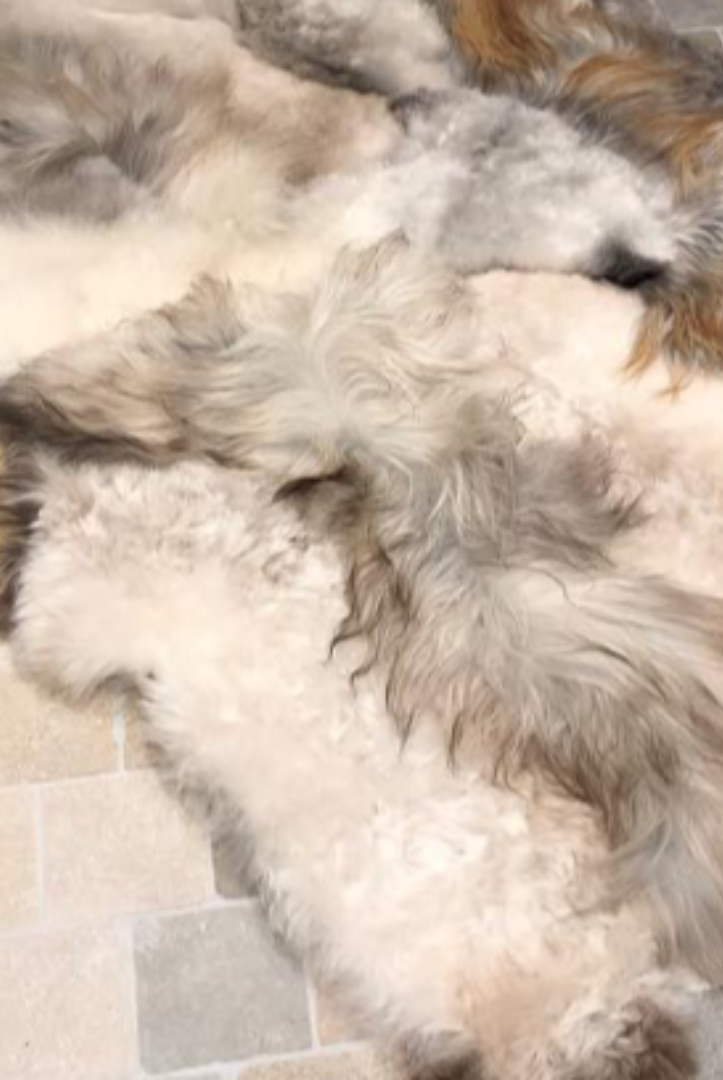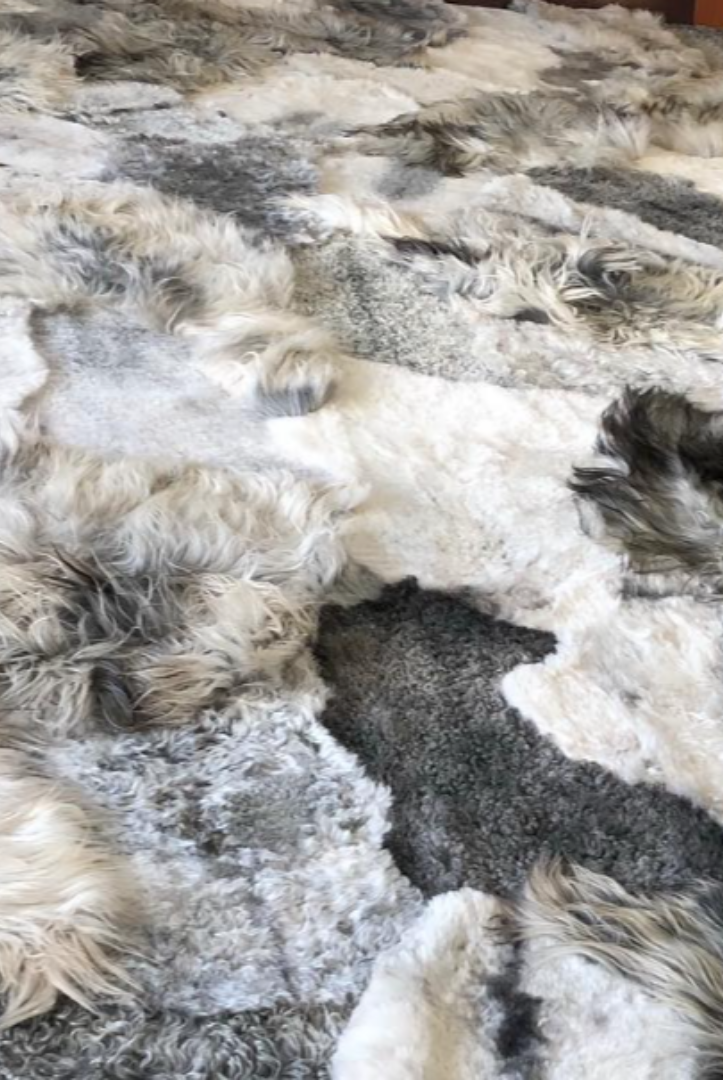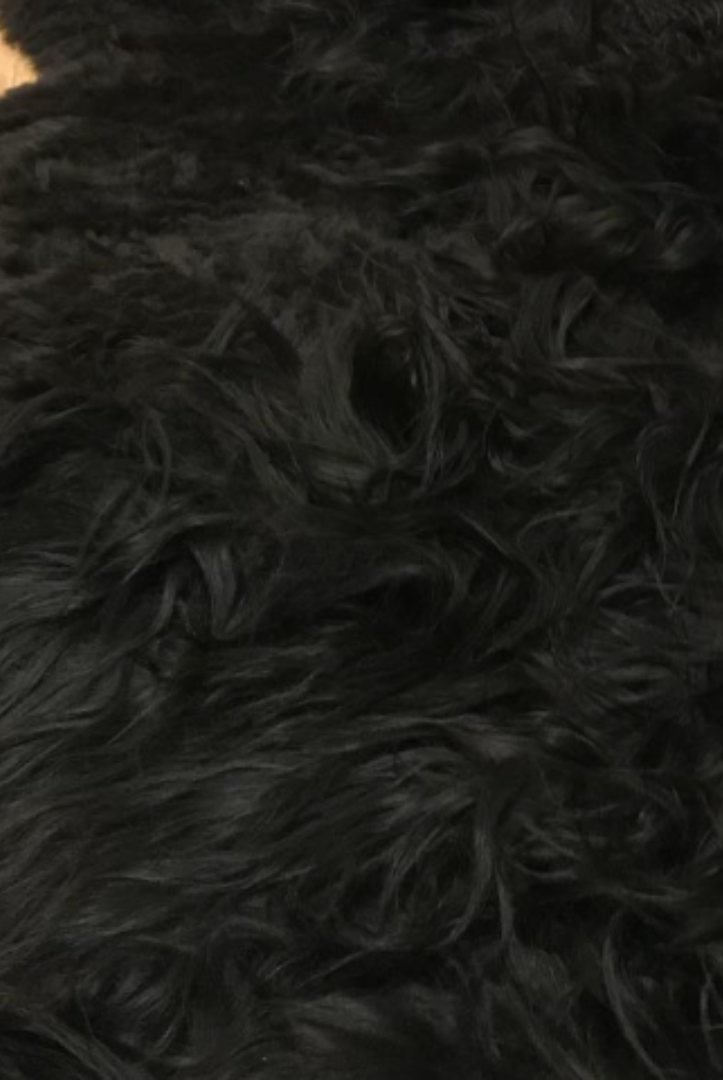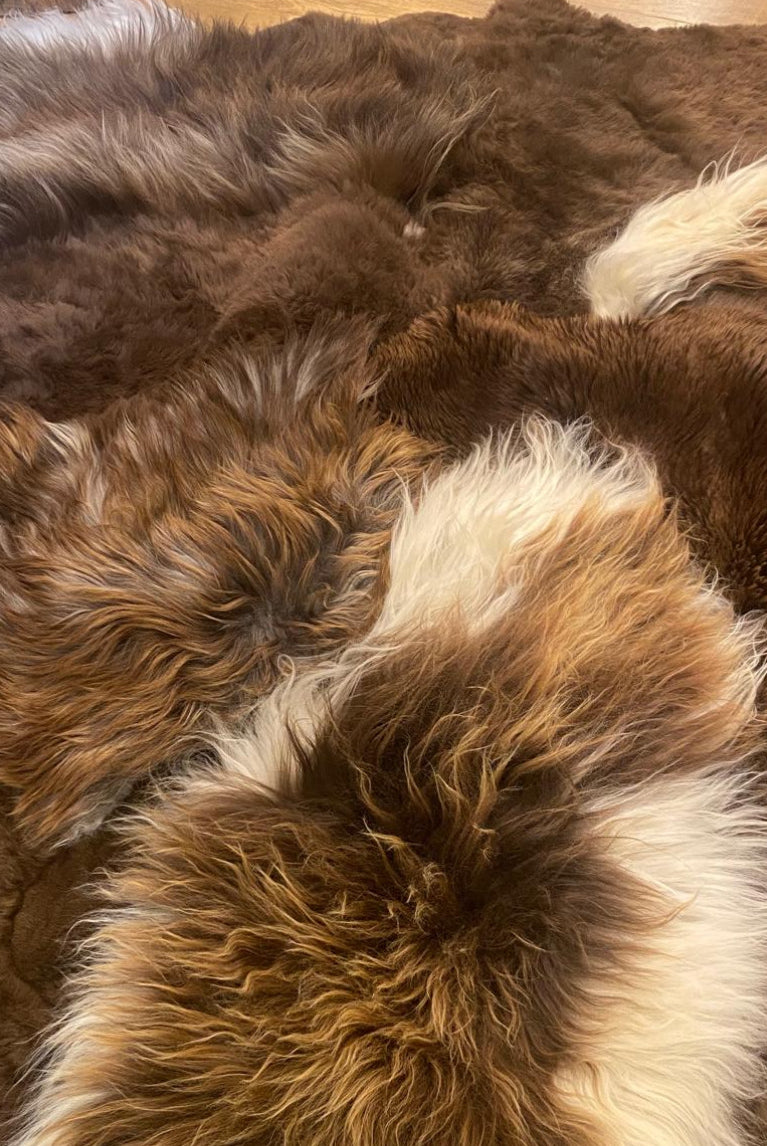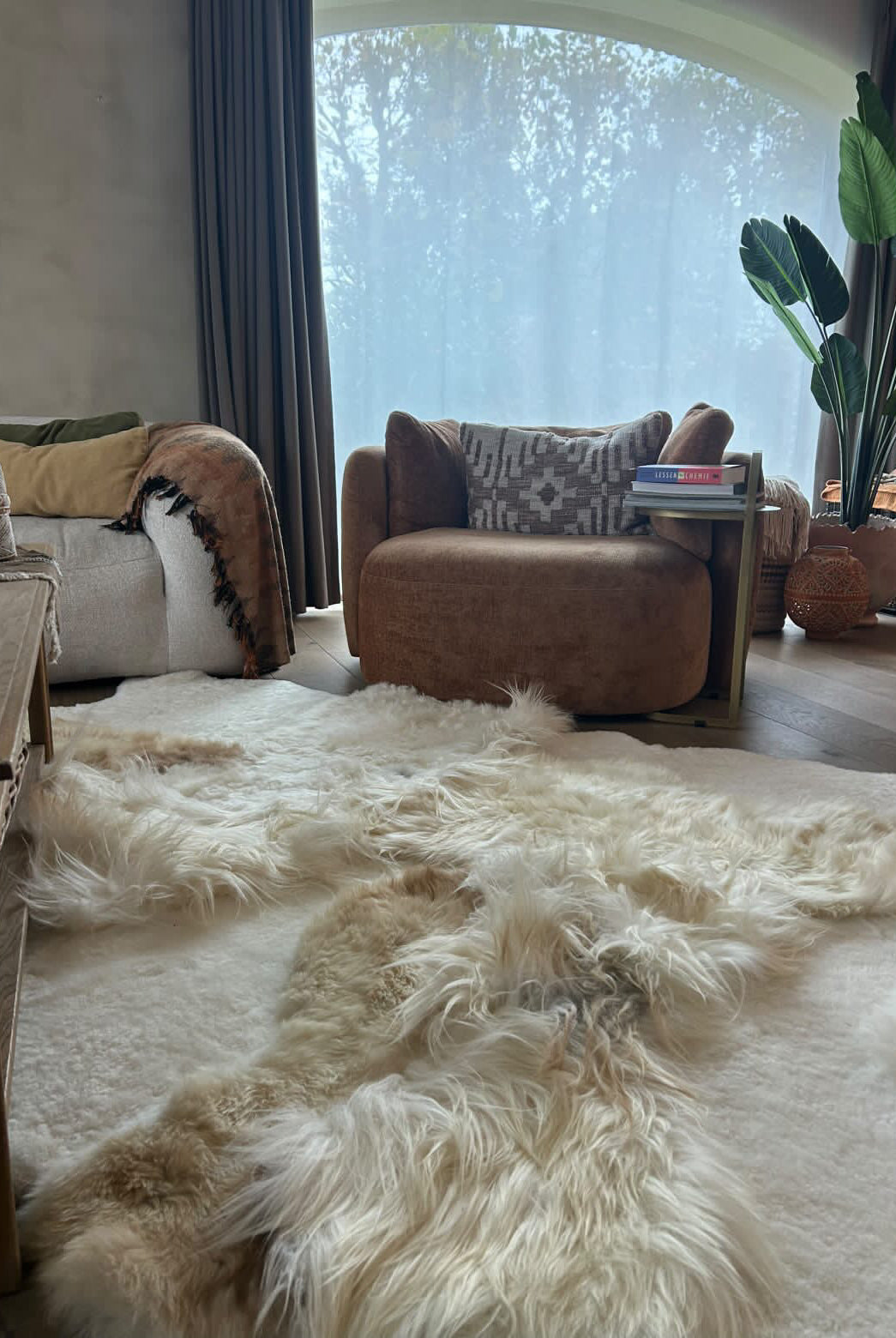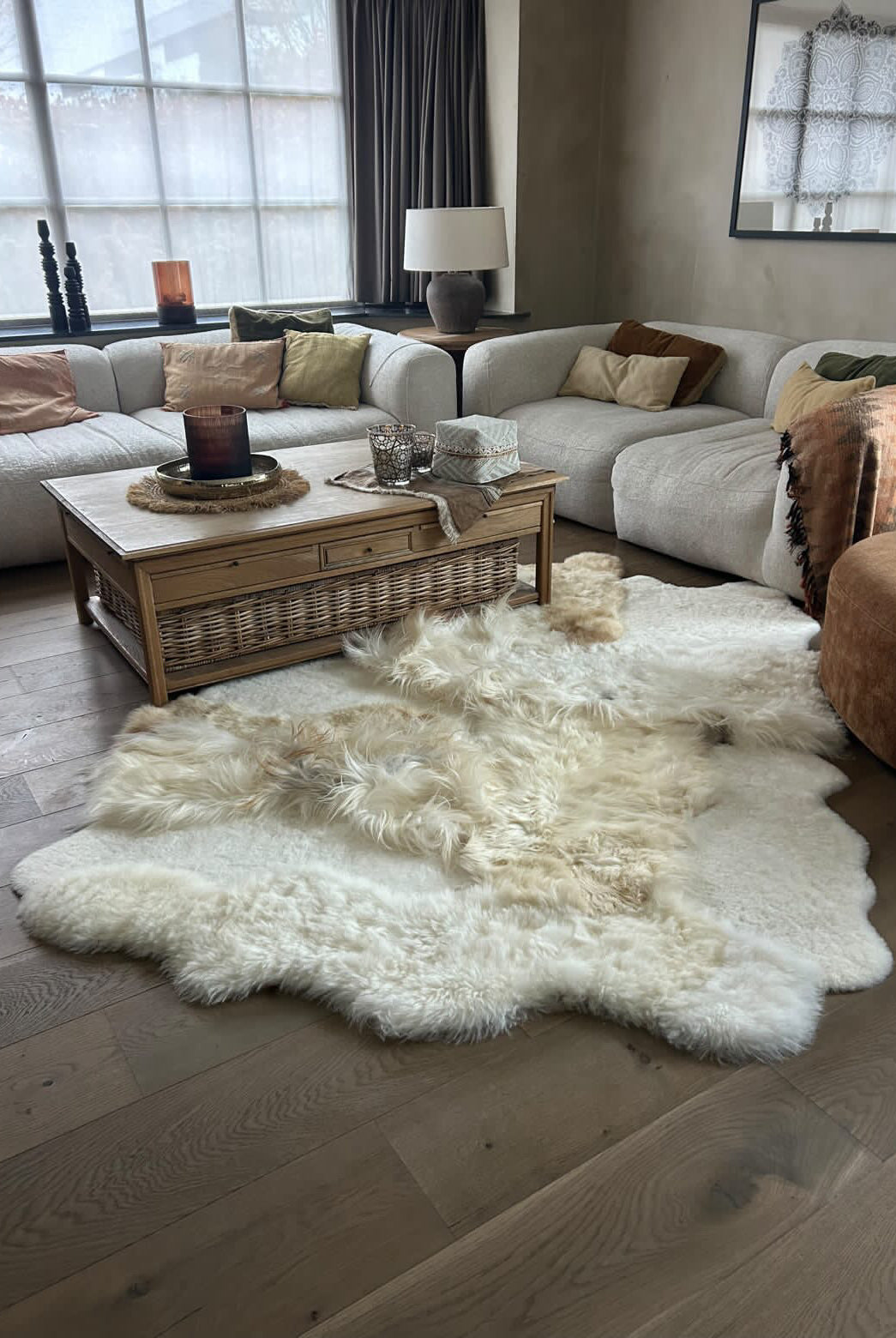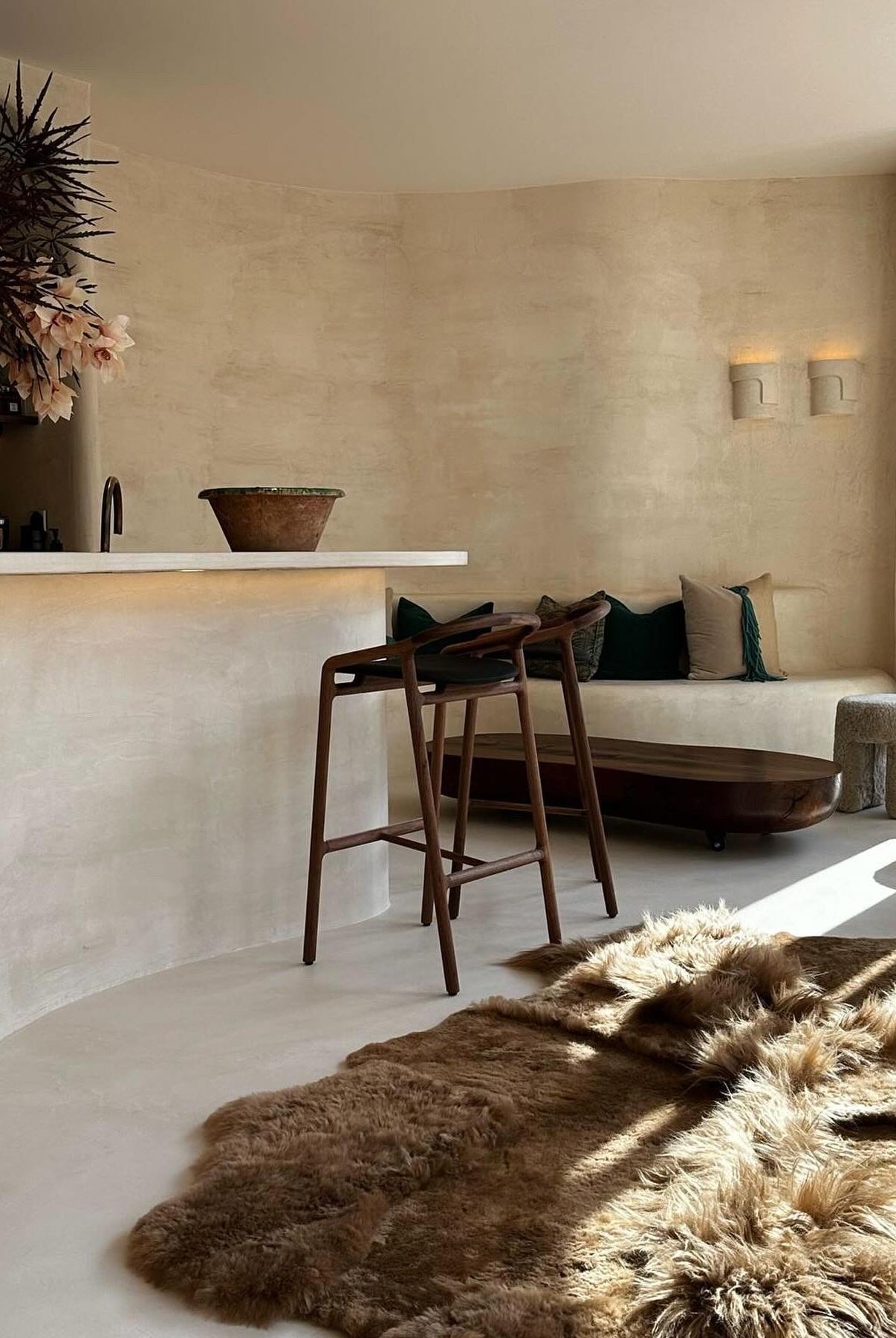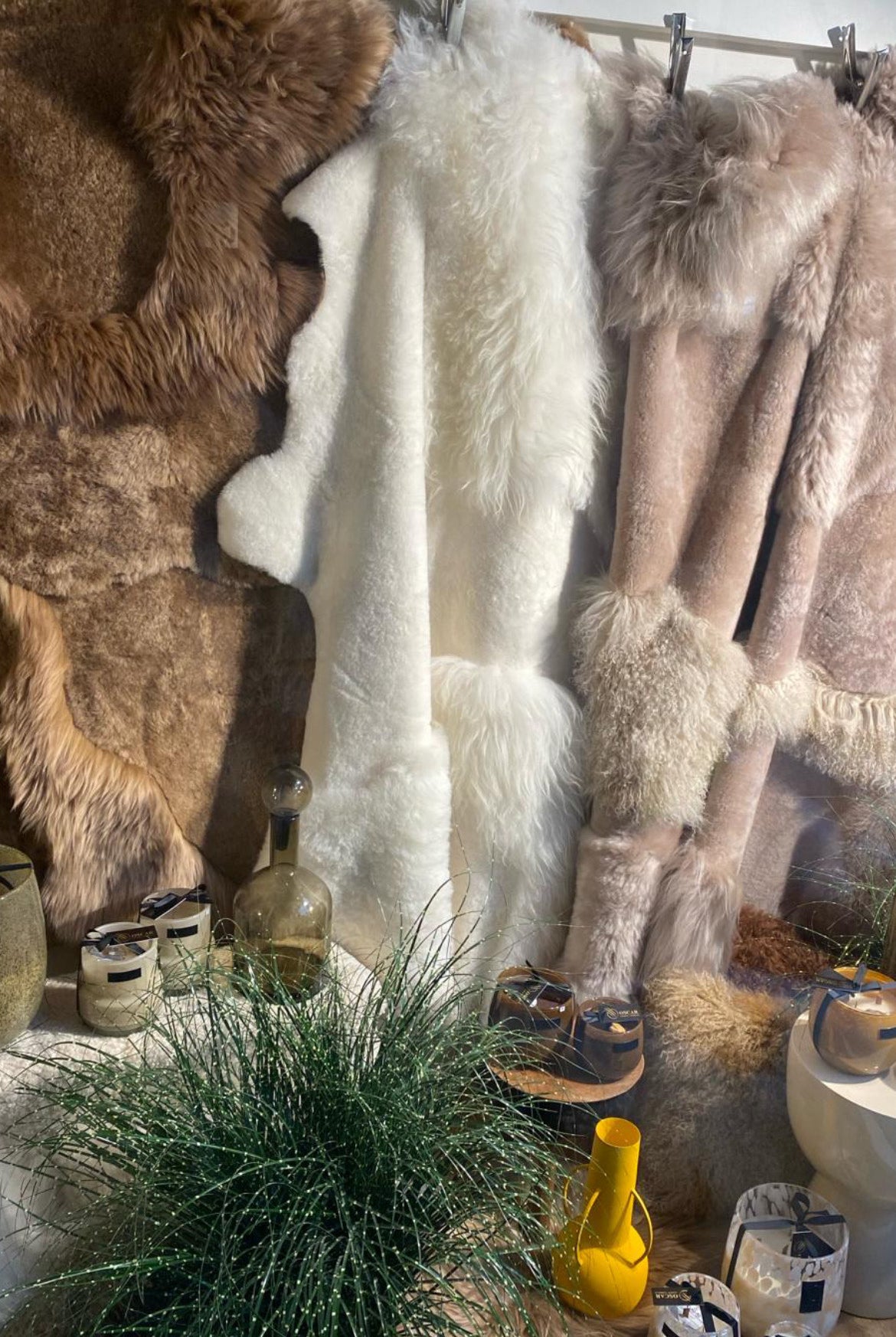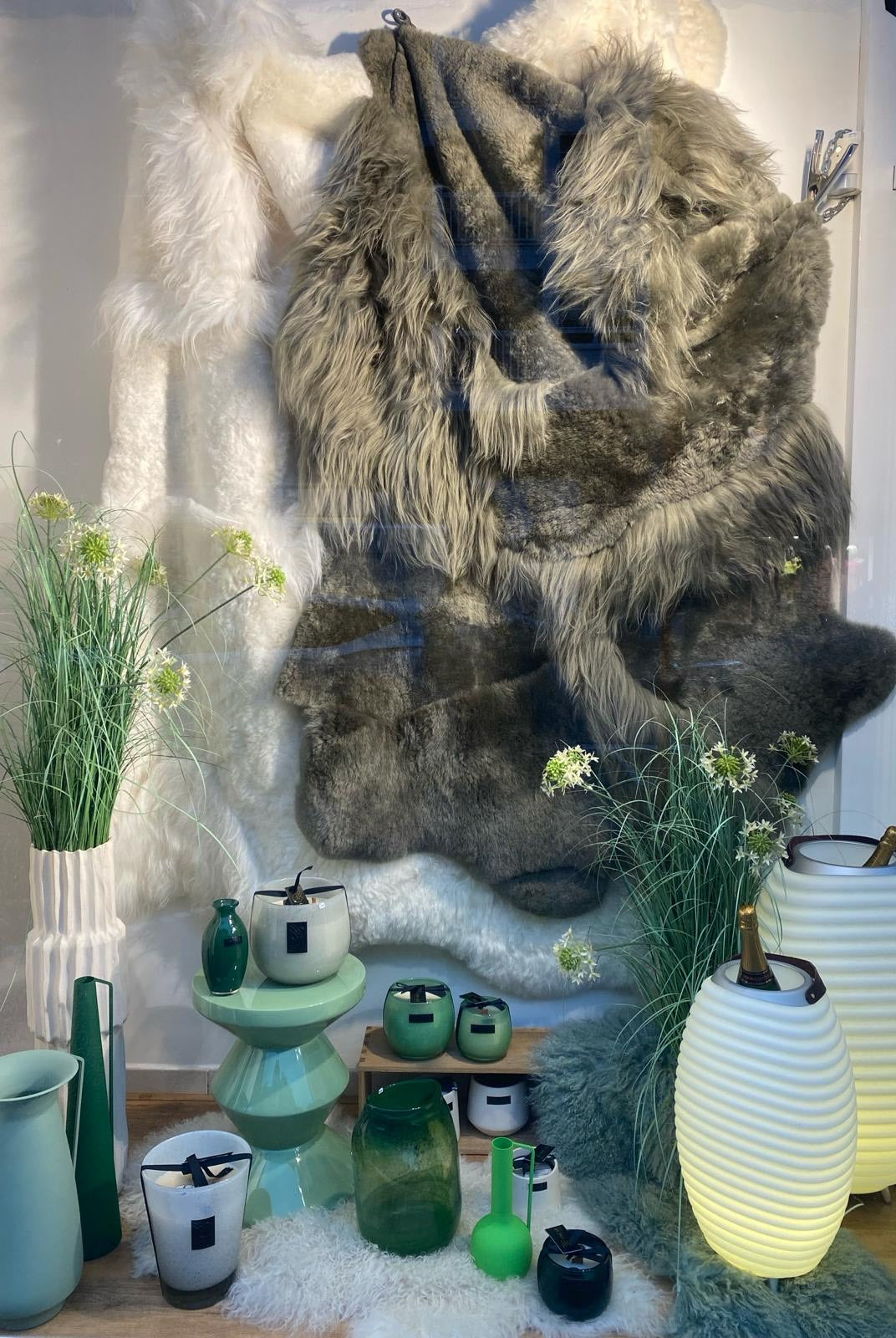Sheepskins have been an integral part of everyday life for centuries, from traditional clothing to essential household items in cold climates. Today, these versatile furs are valued for their durability, historical significance and aesthetic value in modern interiors. This blog post explores the integration of sheepskins into contemporary homes, their sustainable aspects and their historical roots.
Historical Uses of Sheepskins
Historically, sheepskins played a crucial role in human survival in cold climates due to their excellent insulation properties. Sheep were not only valuable for their meat and milk, but their coats were essential for making clothing, coverings and even shelter. In many cultures, sheepskins symbolized wealth and prosperity and were used in rituals and as dowries.
Durability of Sheepskins
Sheepskins are a model of sustainability in the modern world. A natural by-product of livestock farming, they are extracted without requiring additional resources, adding to their ecological footprint. They are completely biodegradable, hypoallergenic and contain lanolin, which has natural antibacterial properties. In addition, because they are extremely durable, sheepskins can last for decades with proper care, reducing the need for frequent replacements.
Sheepskins in Modern Interior Design
In the world of interior design, sheepskins bring an element of luxury, warmth and texture. They are versatile and can be used as rugs, blankets, chair covers and more. Their natural colors range from white and cream to brown and black, making them easy to fit into a variety of decor styles, from Scandinavian minimalist to rustic and eclectic.
Sheepskins offer a unique combination of functionality and aesthetics. They add a tactile element that is both visually appealing and comfortable. They can be draped over chairs for extra warmth, spread on the floor for a soft touch underfoot, or used as a cozy blanket on a cold evening.
Integration into Sustainable Living
Incorporating sheepskins into interior design goes hand in hand with the growing trend of sustainable living. Homeowners who are environmentally conscious often choose natural materials that are both functional and aesthetic. Sheepskins meet these criteria and support a sustainable lifestyle while adding warmth and style to any home.
Conclusion
Sheepskins unite the past and the present by combining their historical uses and durable properties with modern design elements. They are more than just a stylish accessory; they are a testament to how traditional materials can be used to meet contemporary design and environmental demands. By incorporating sheepskins into the home, we not only honor our past but also embrace a future of sustainable and conscious living.

